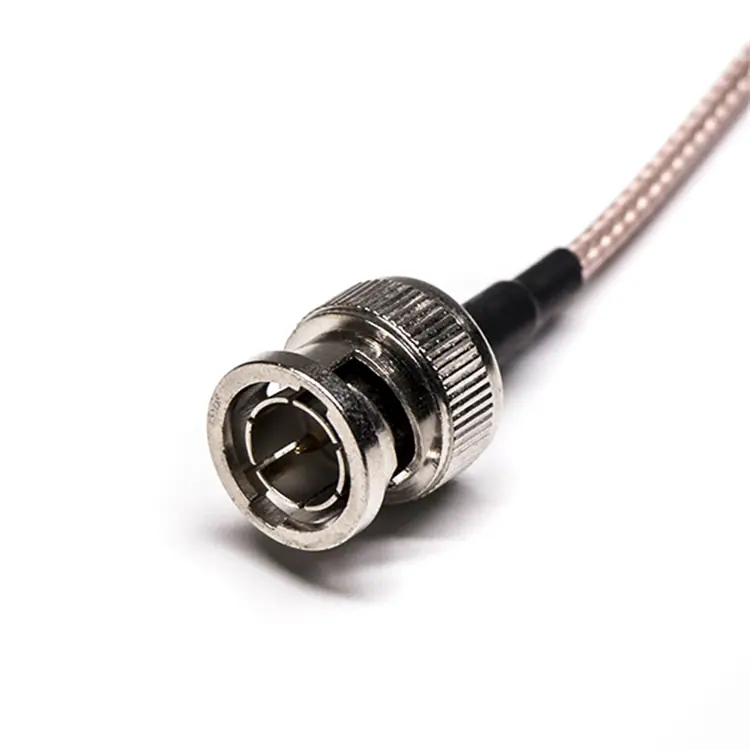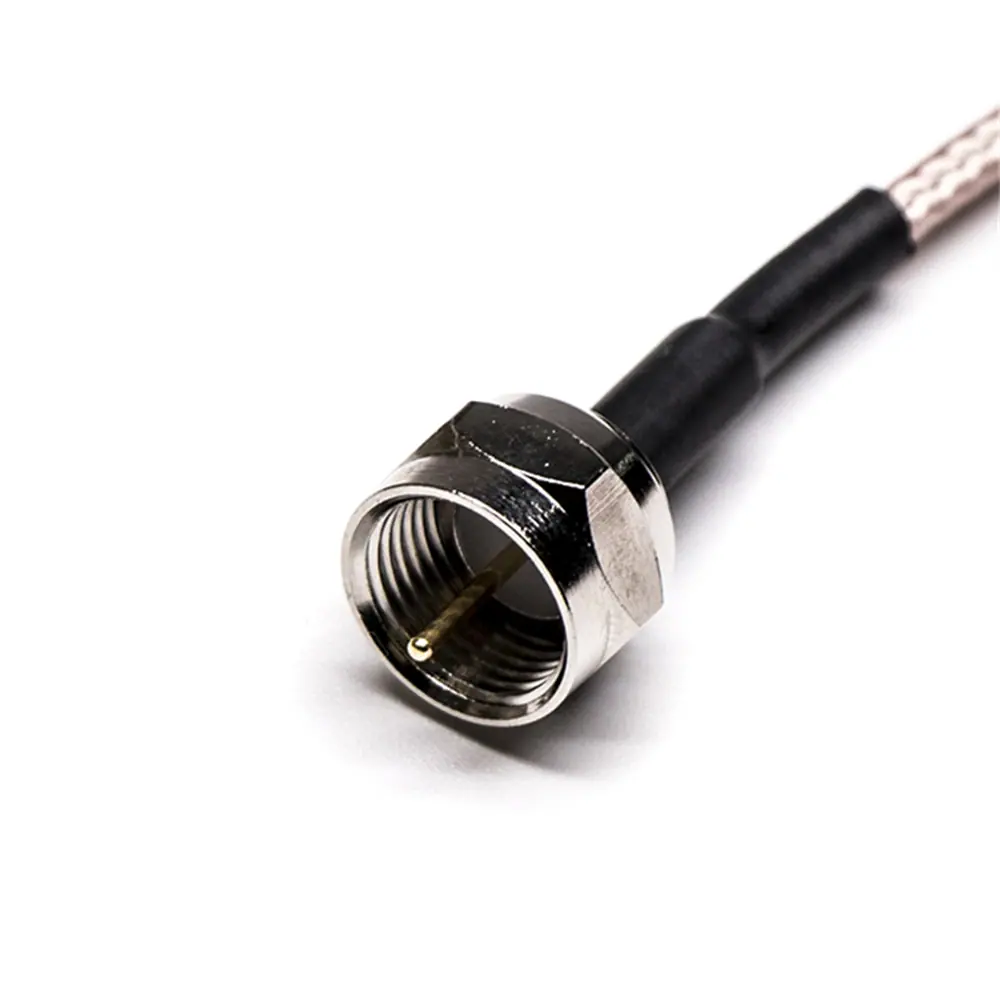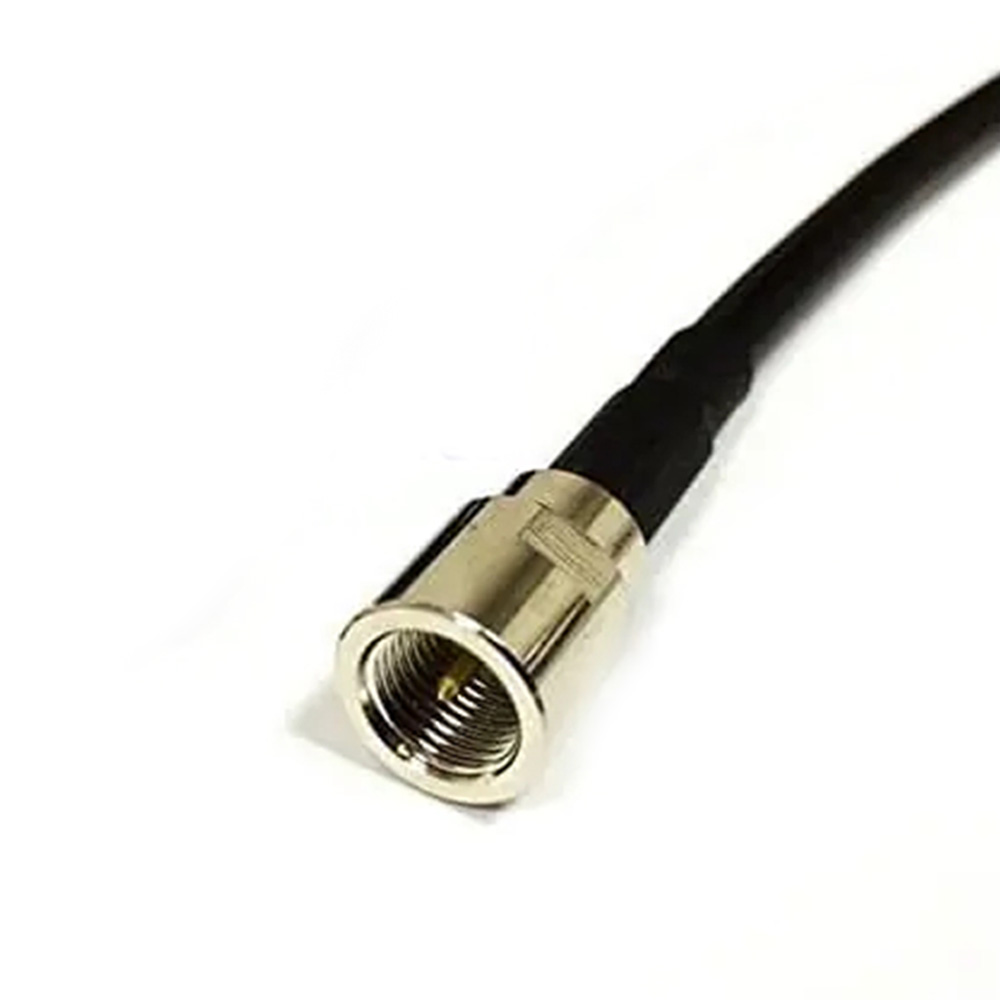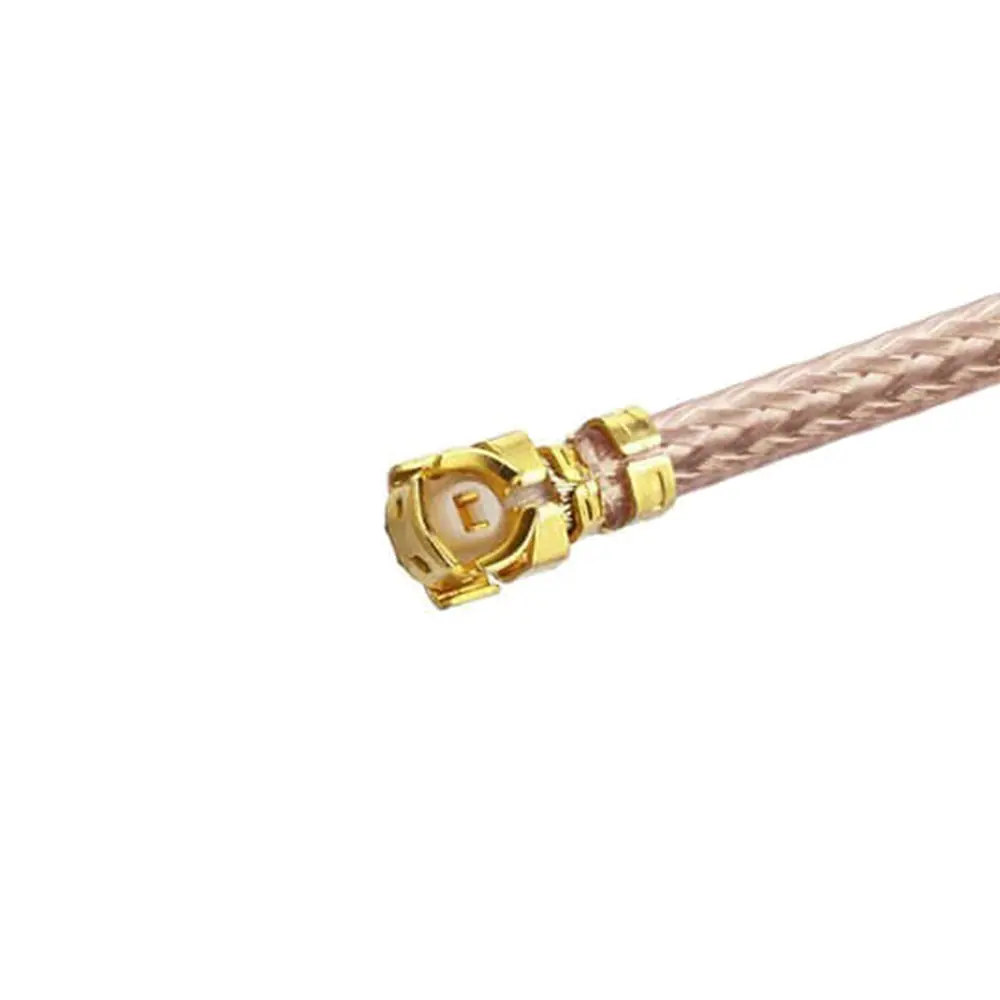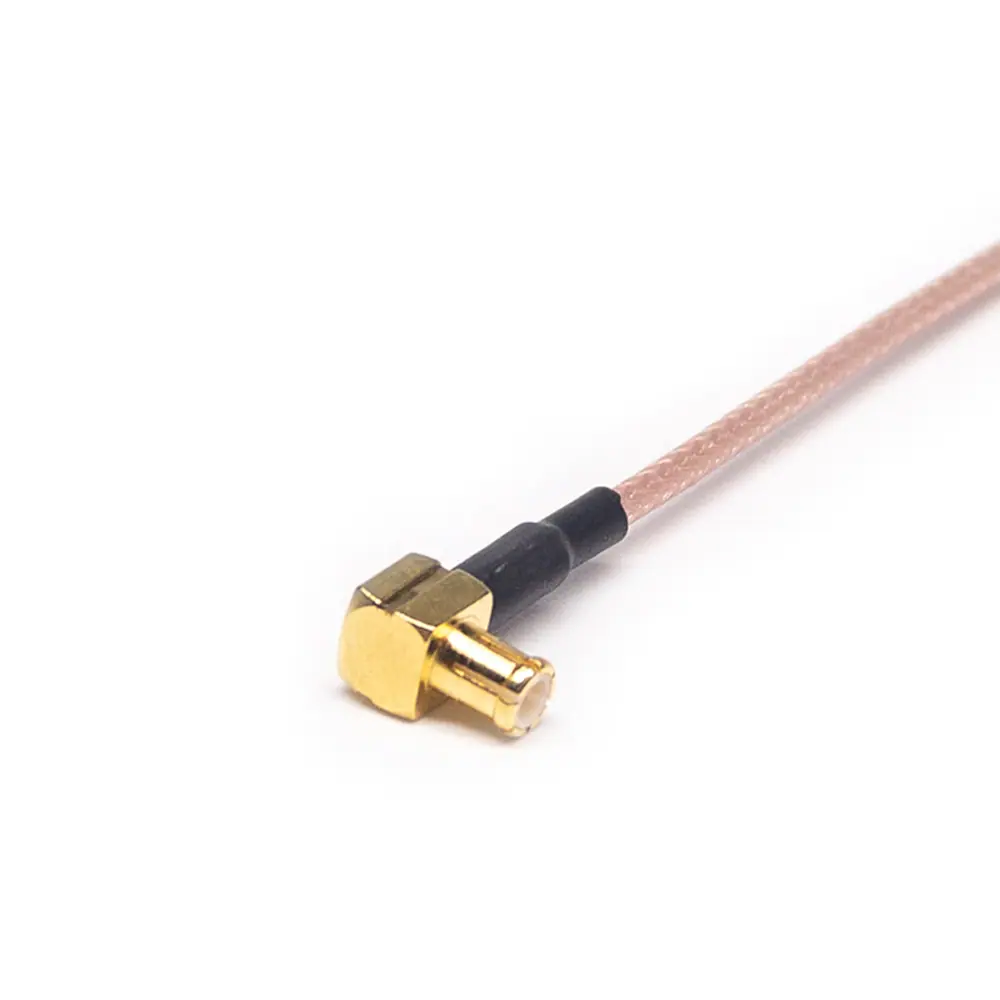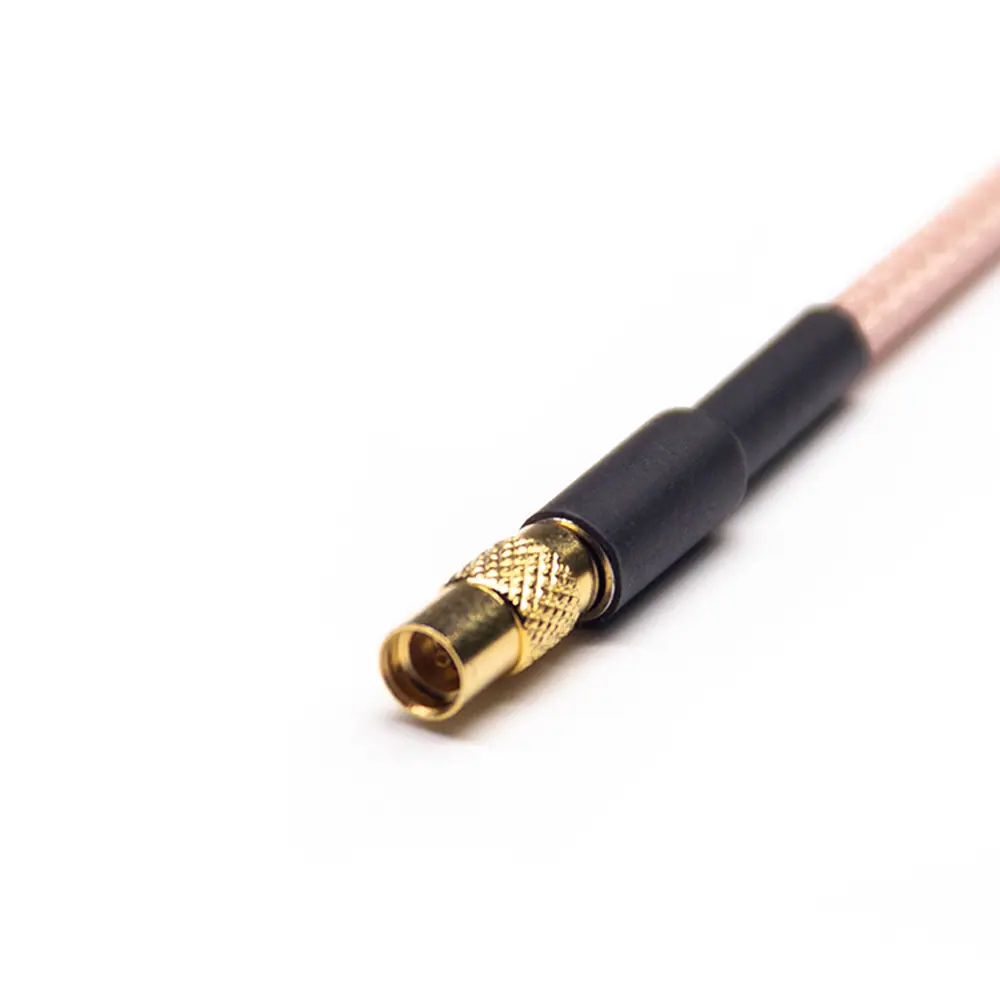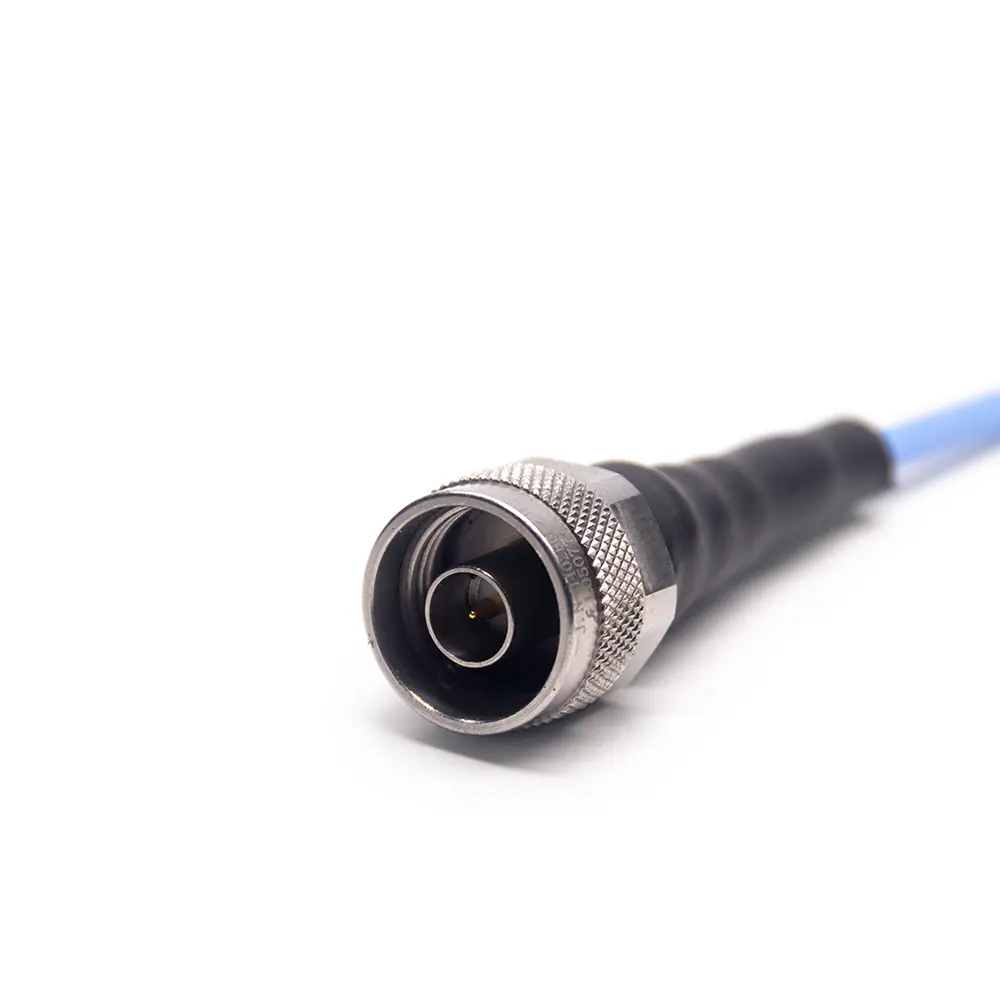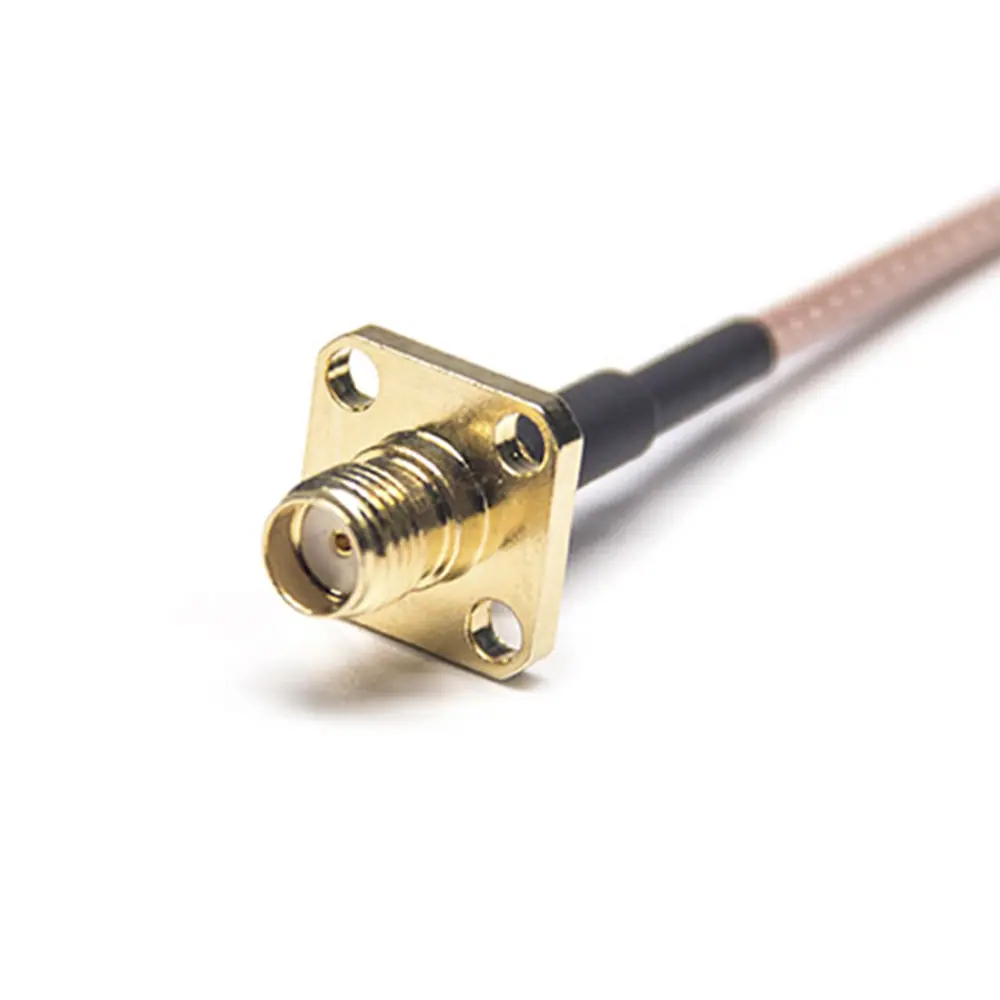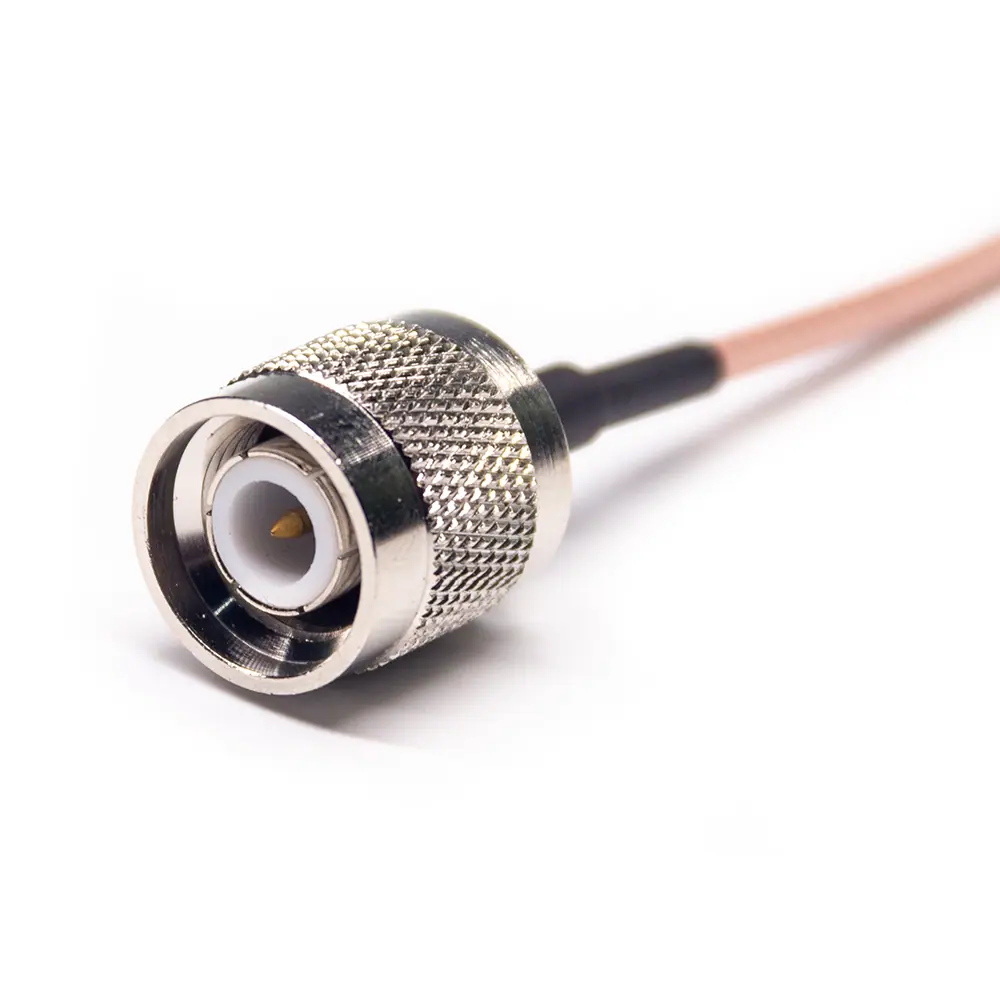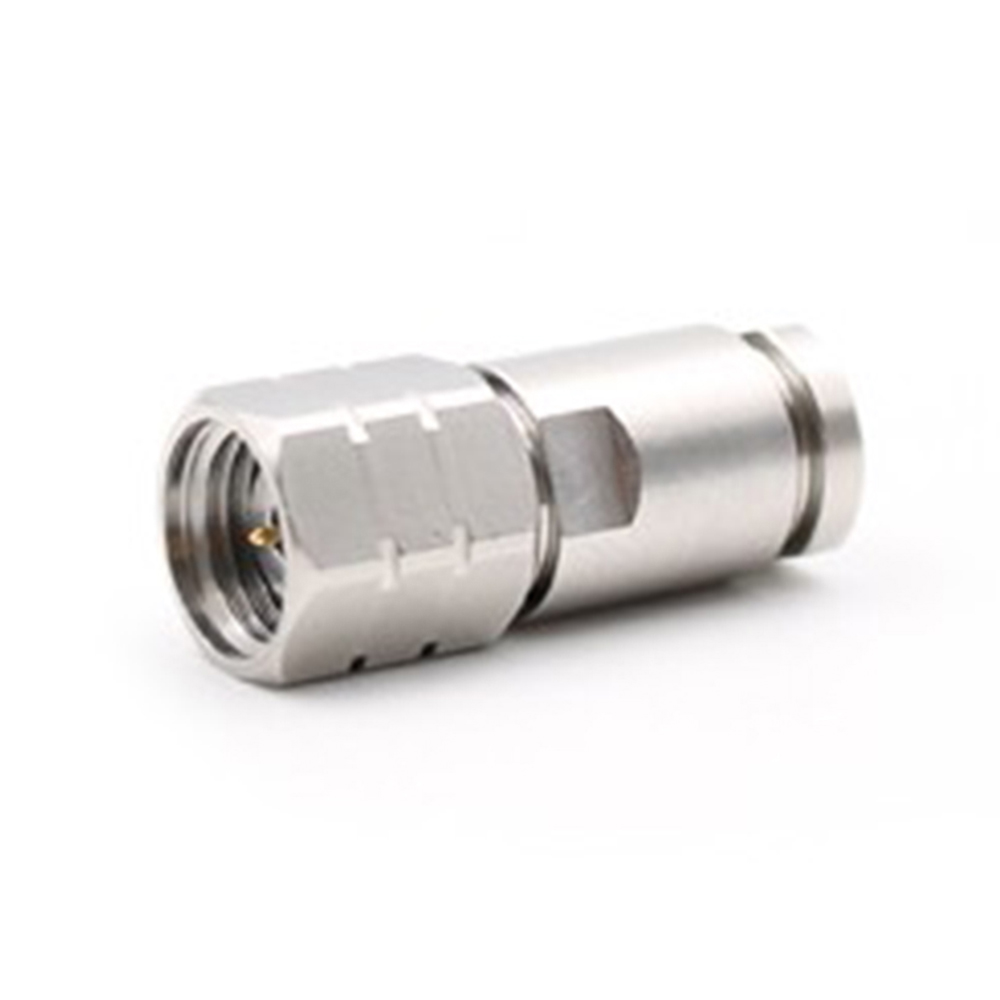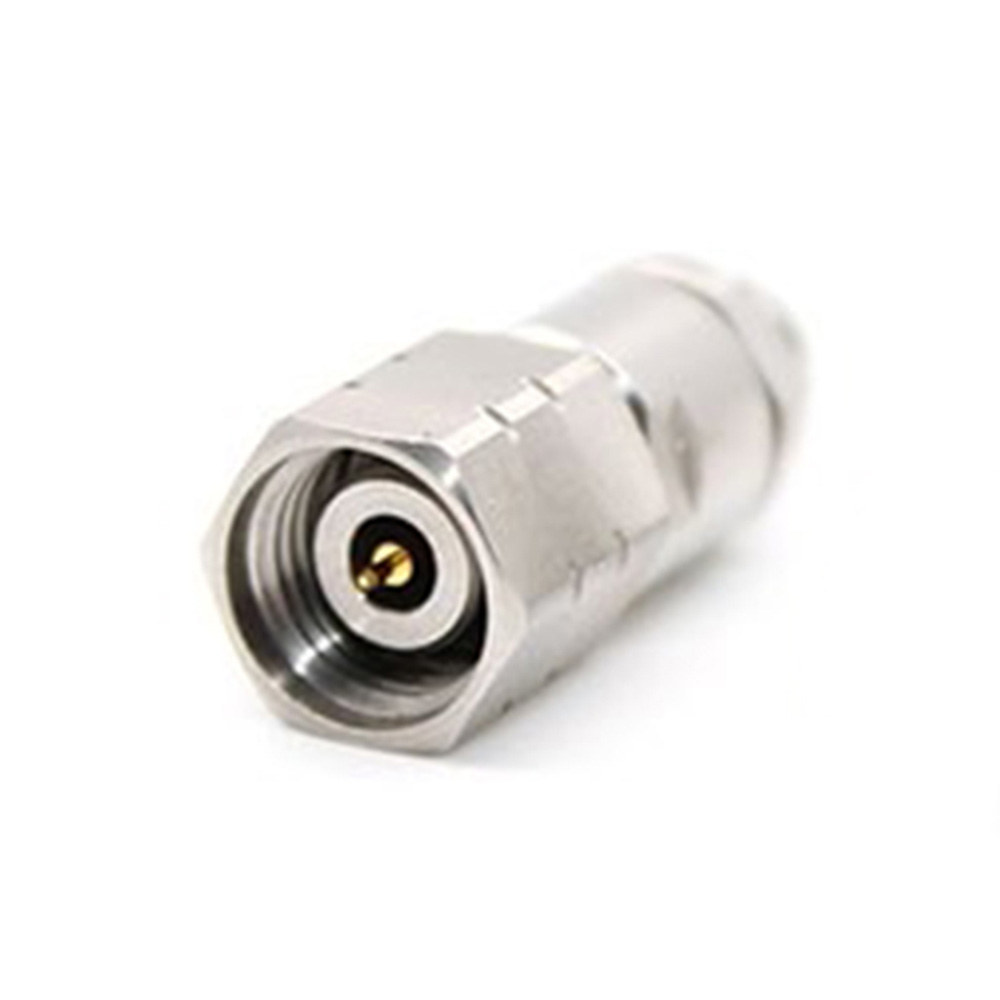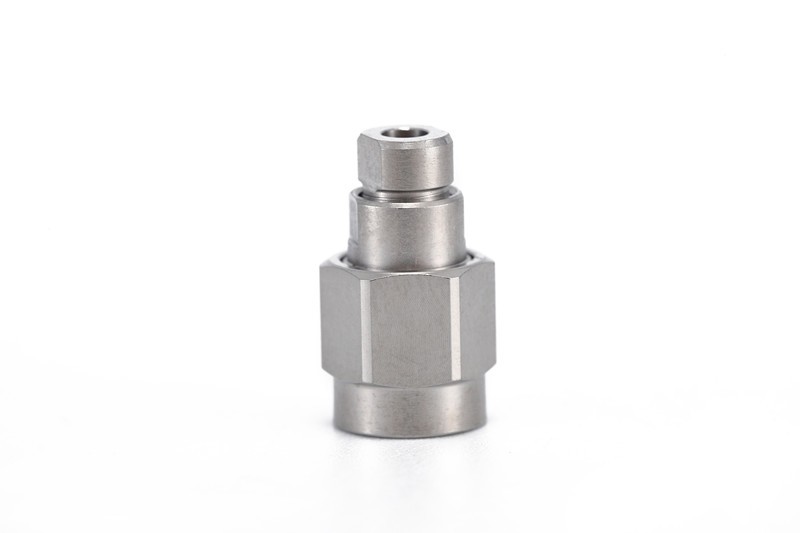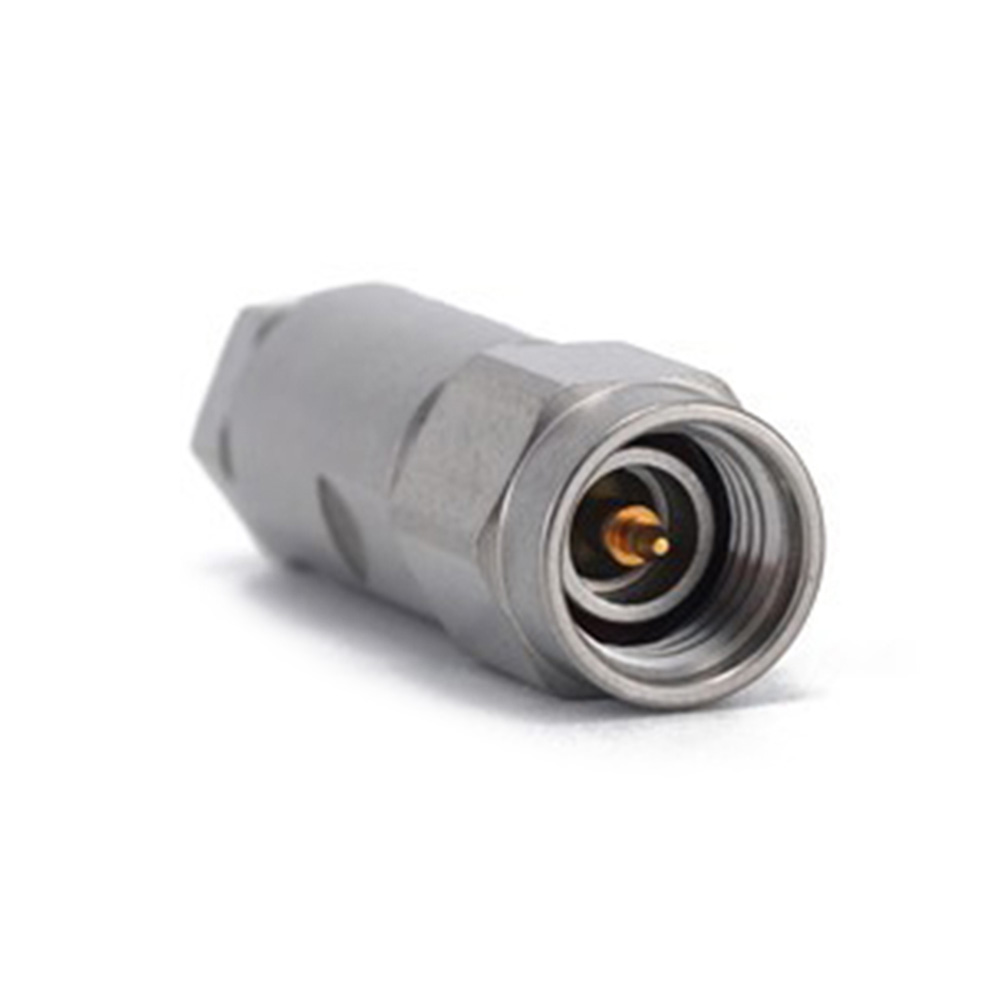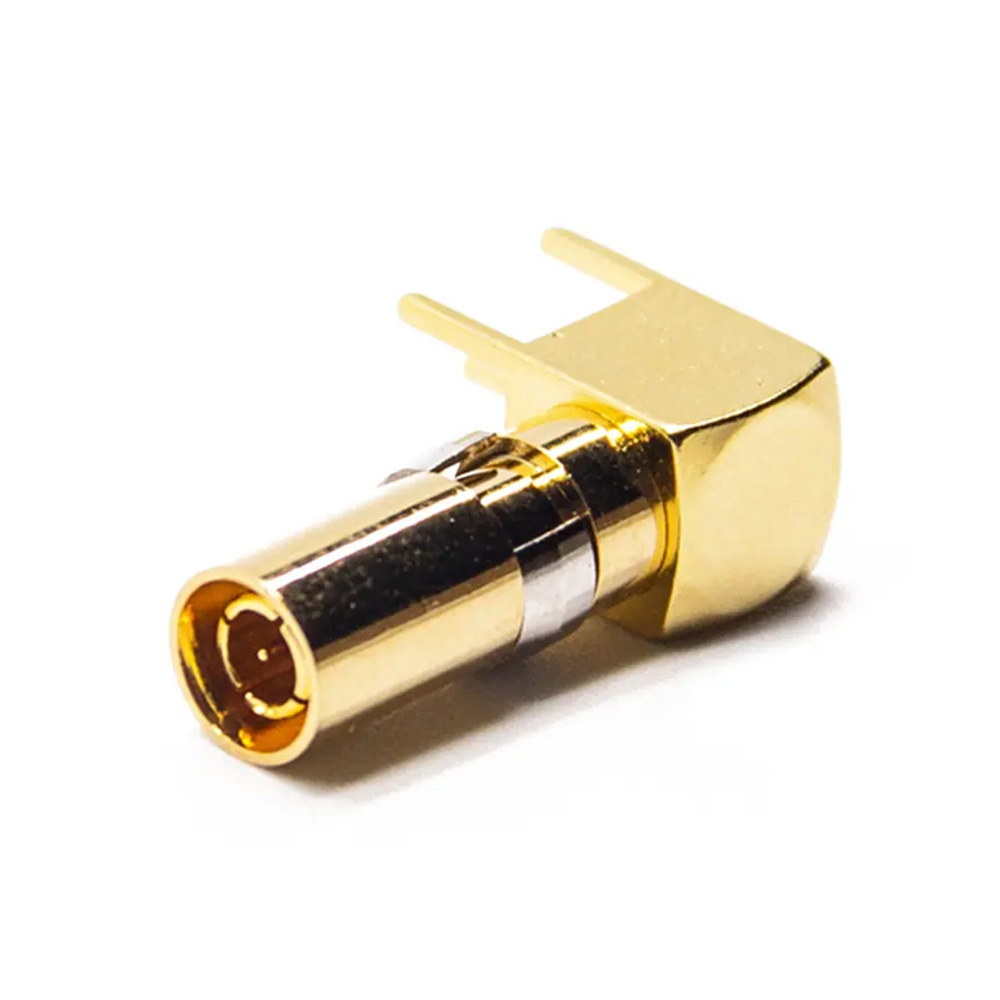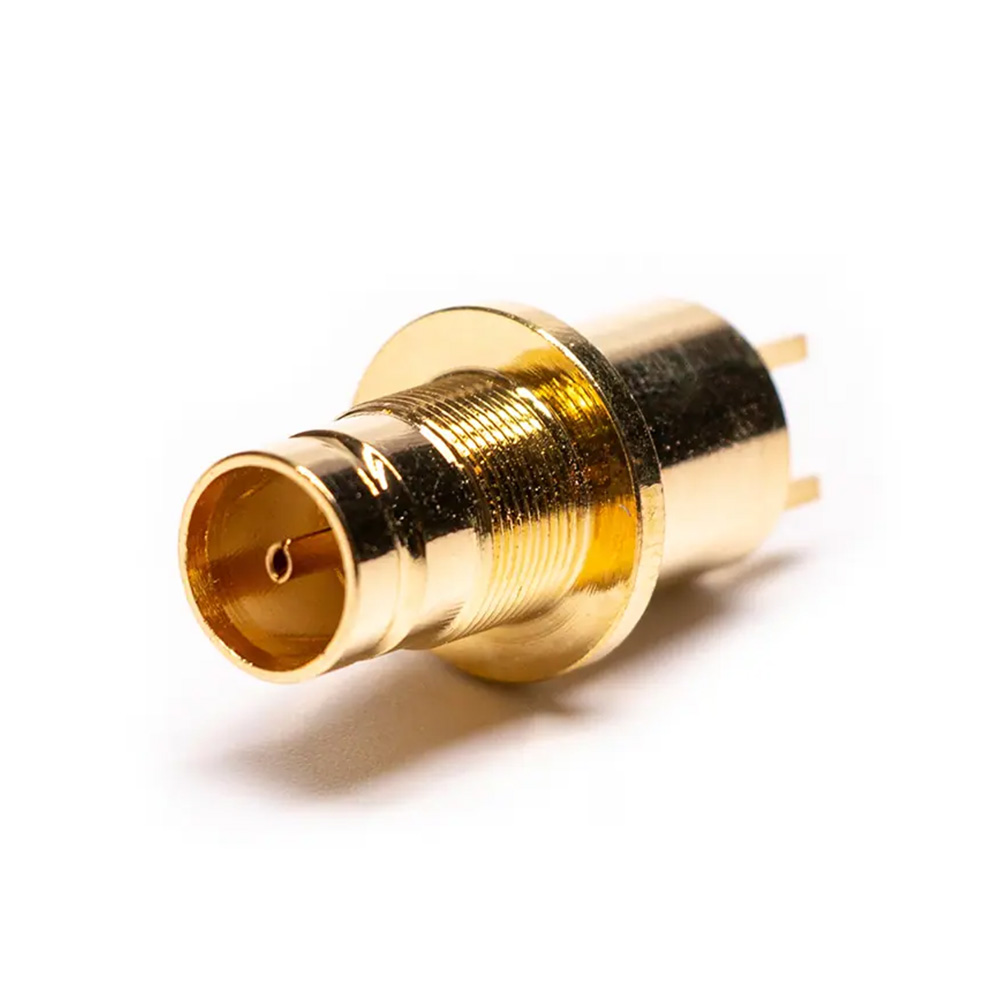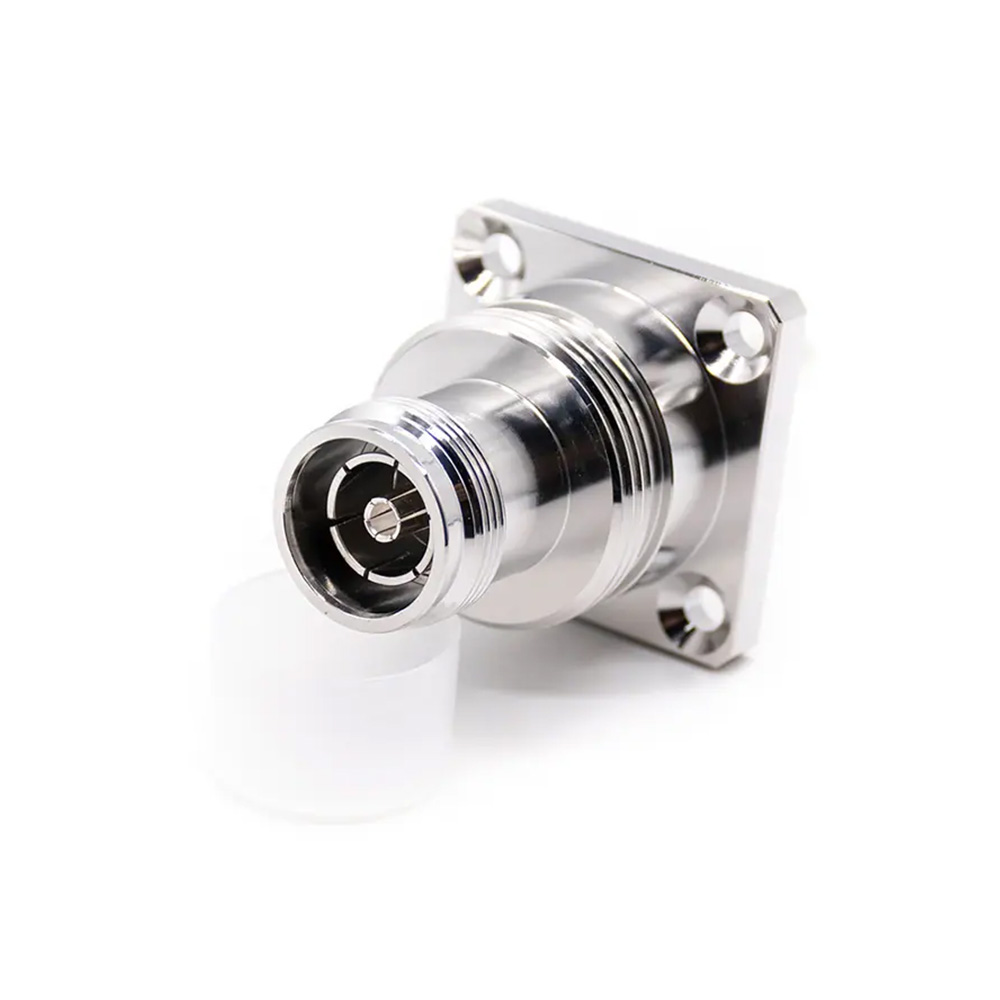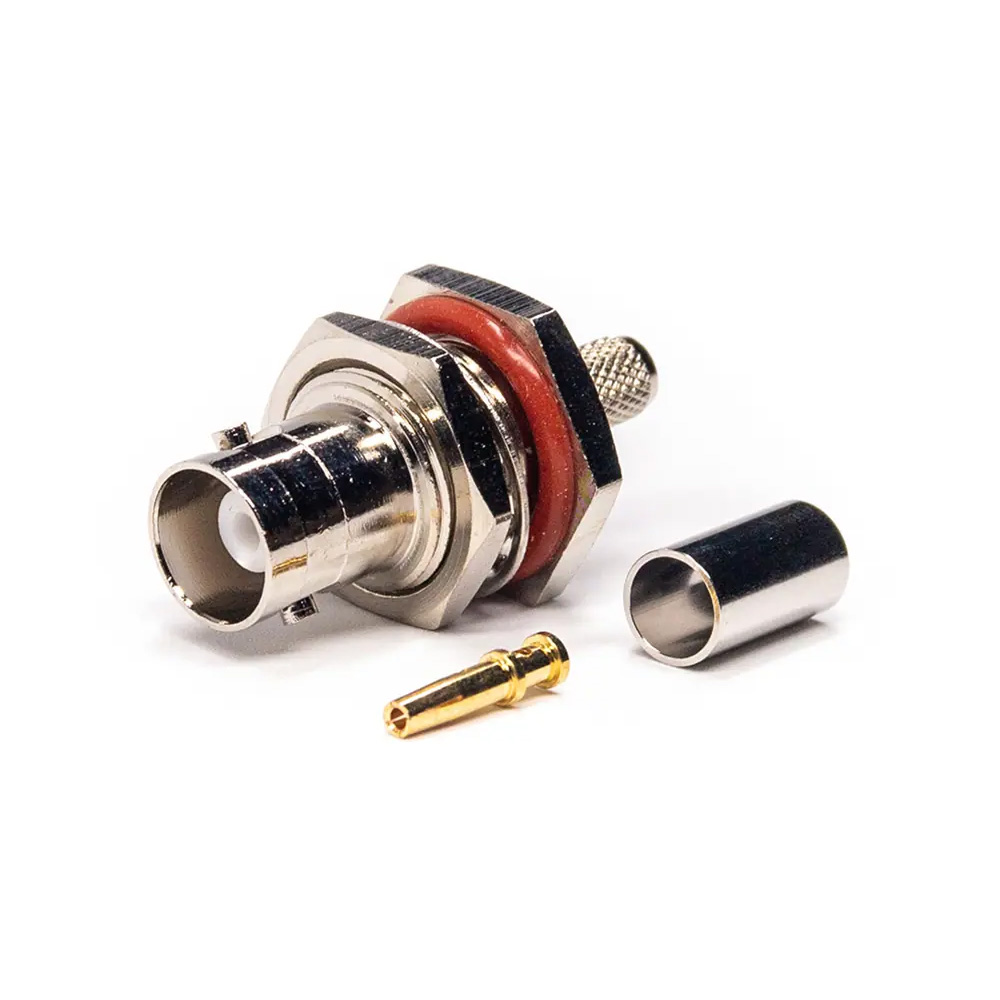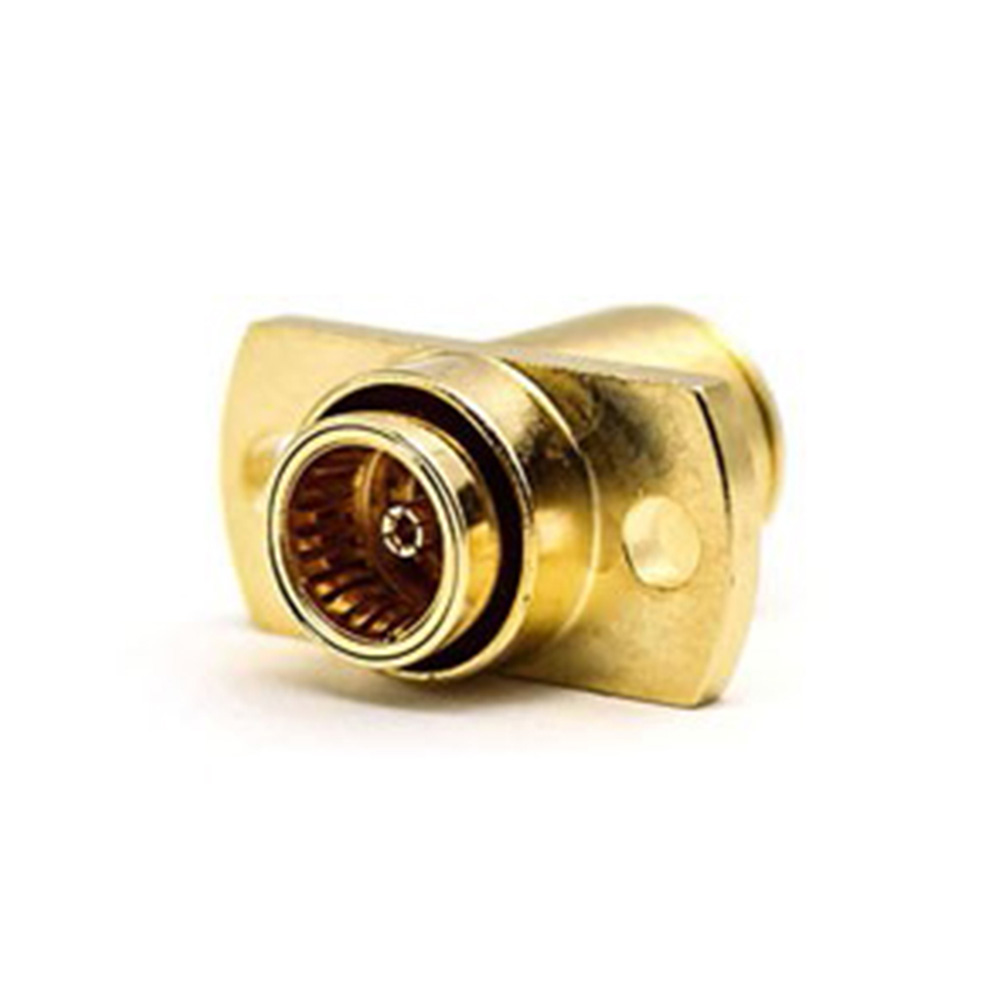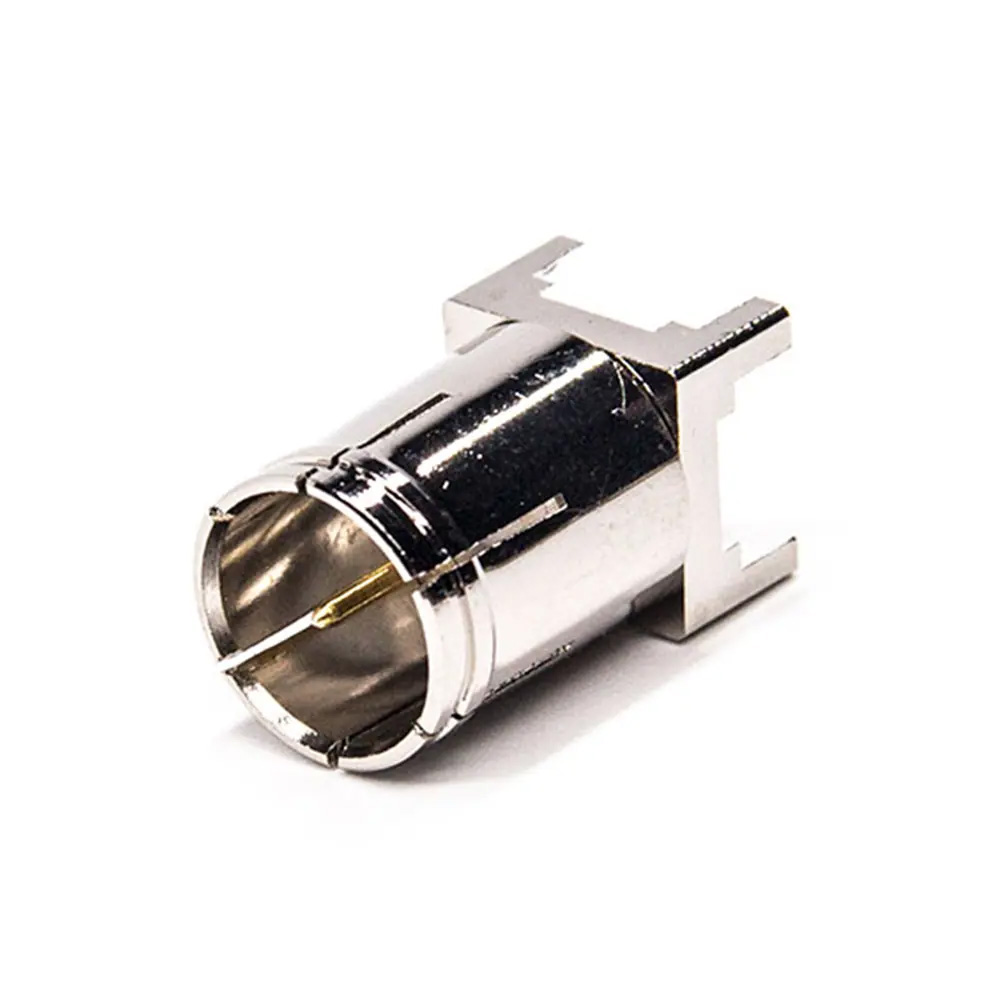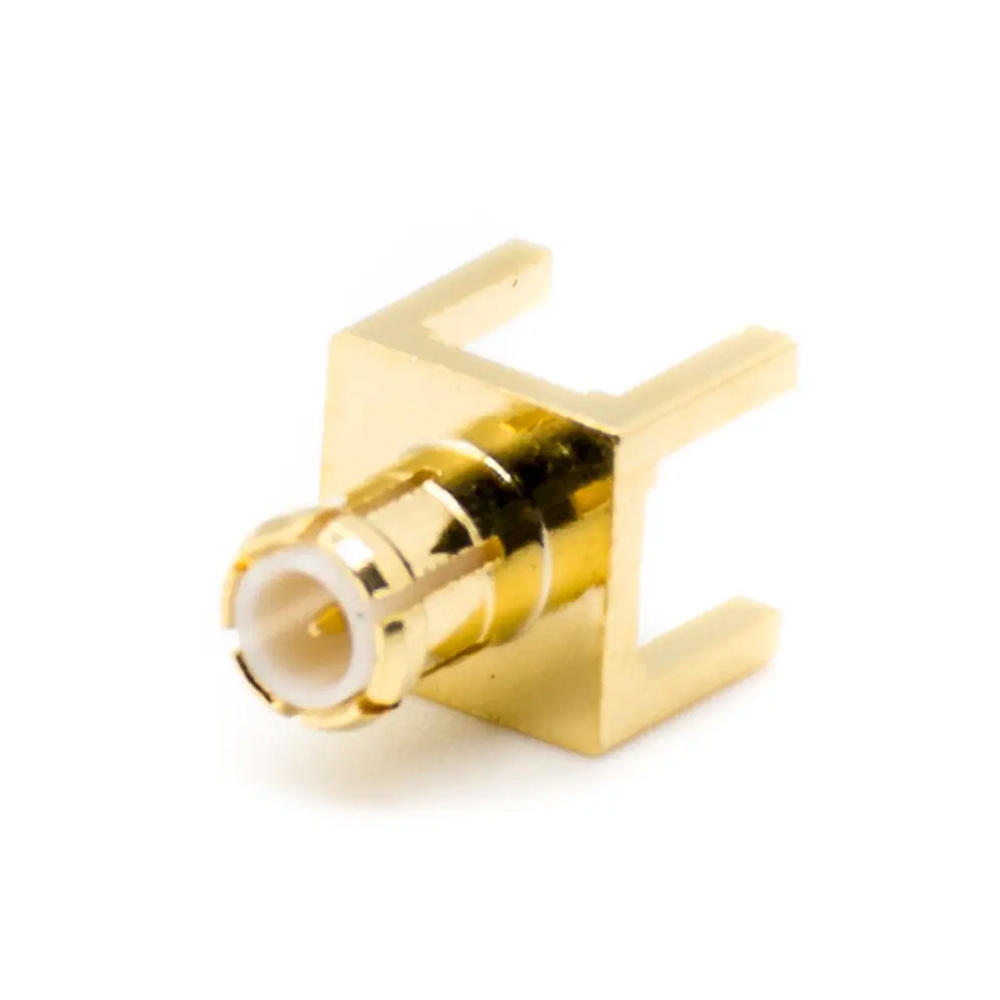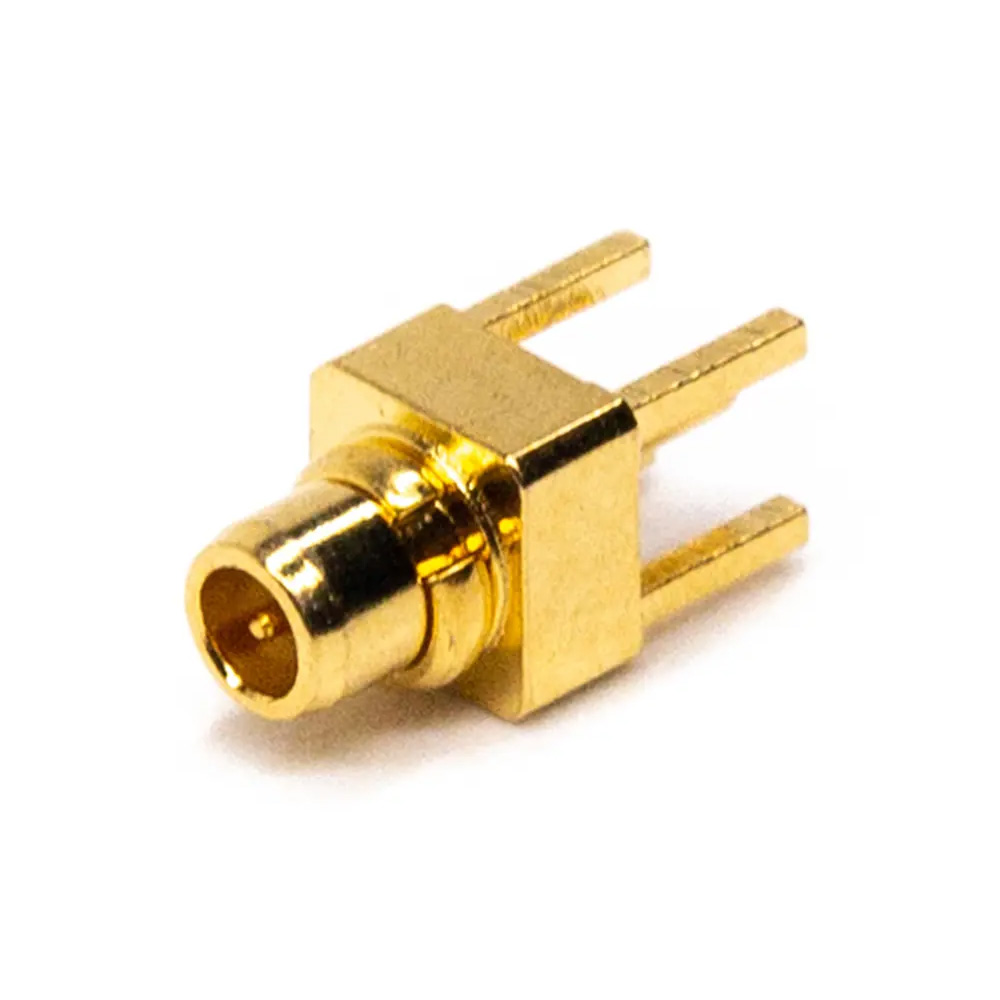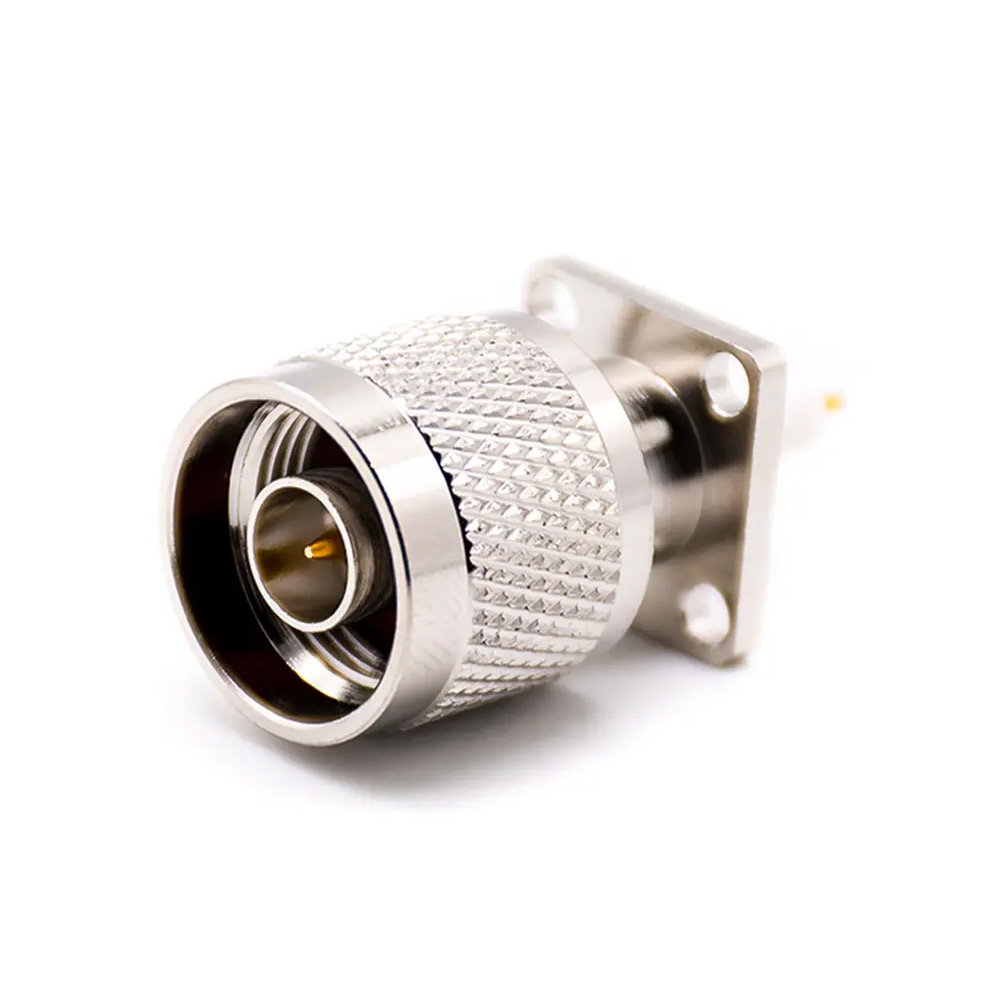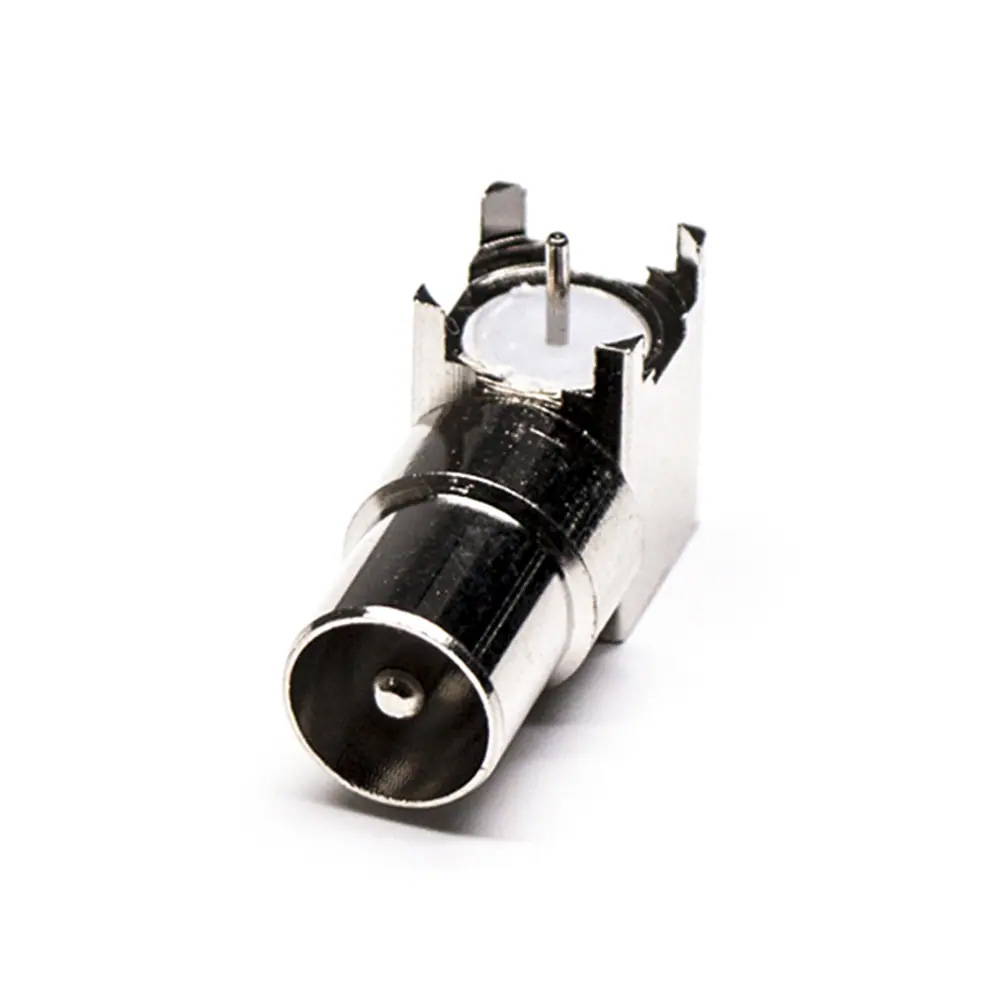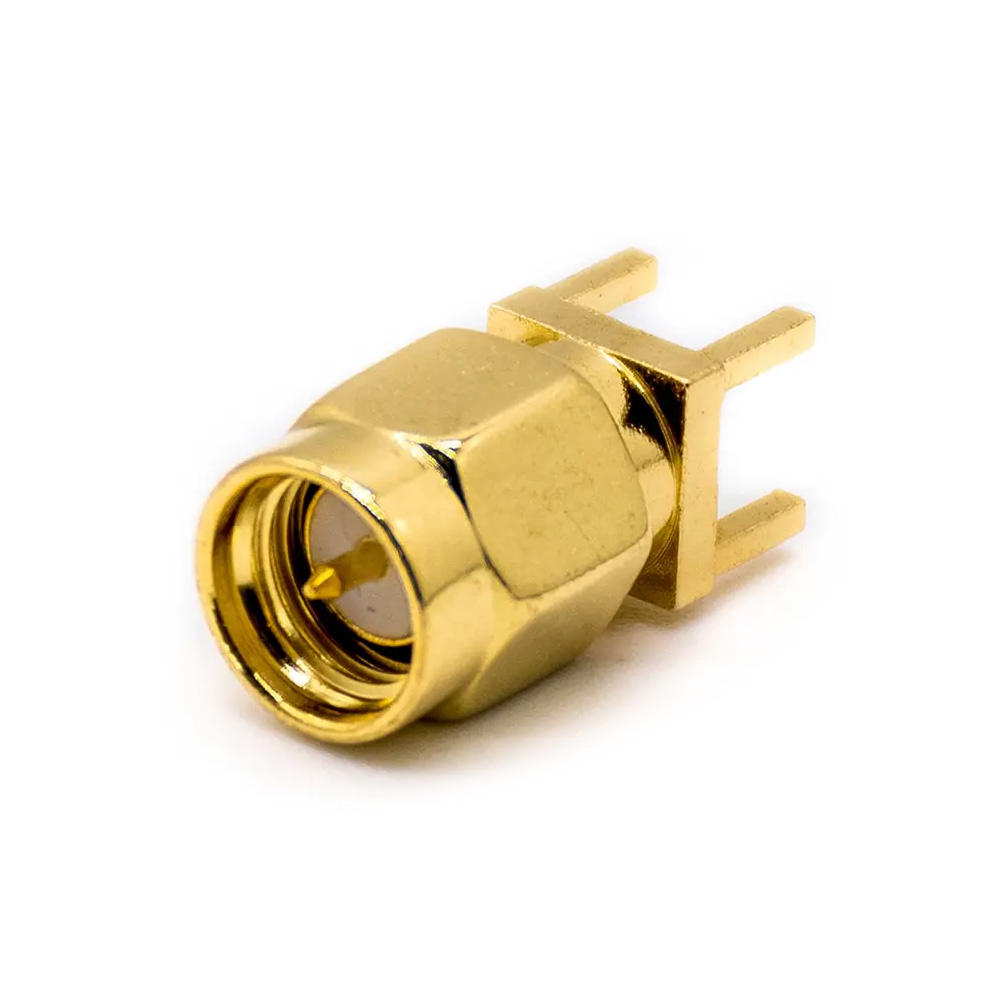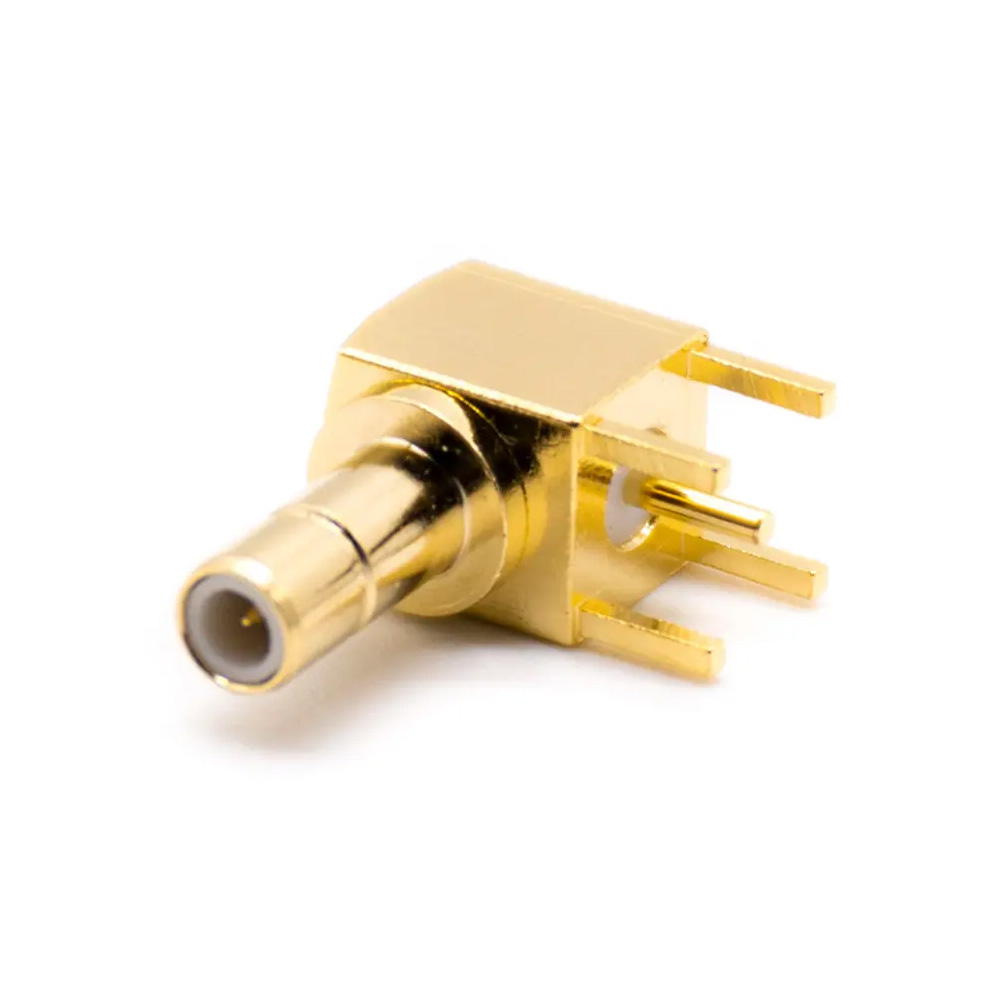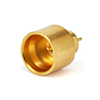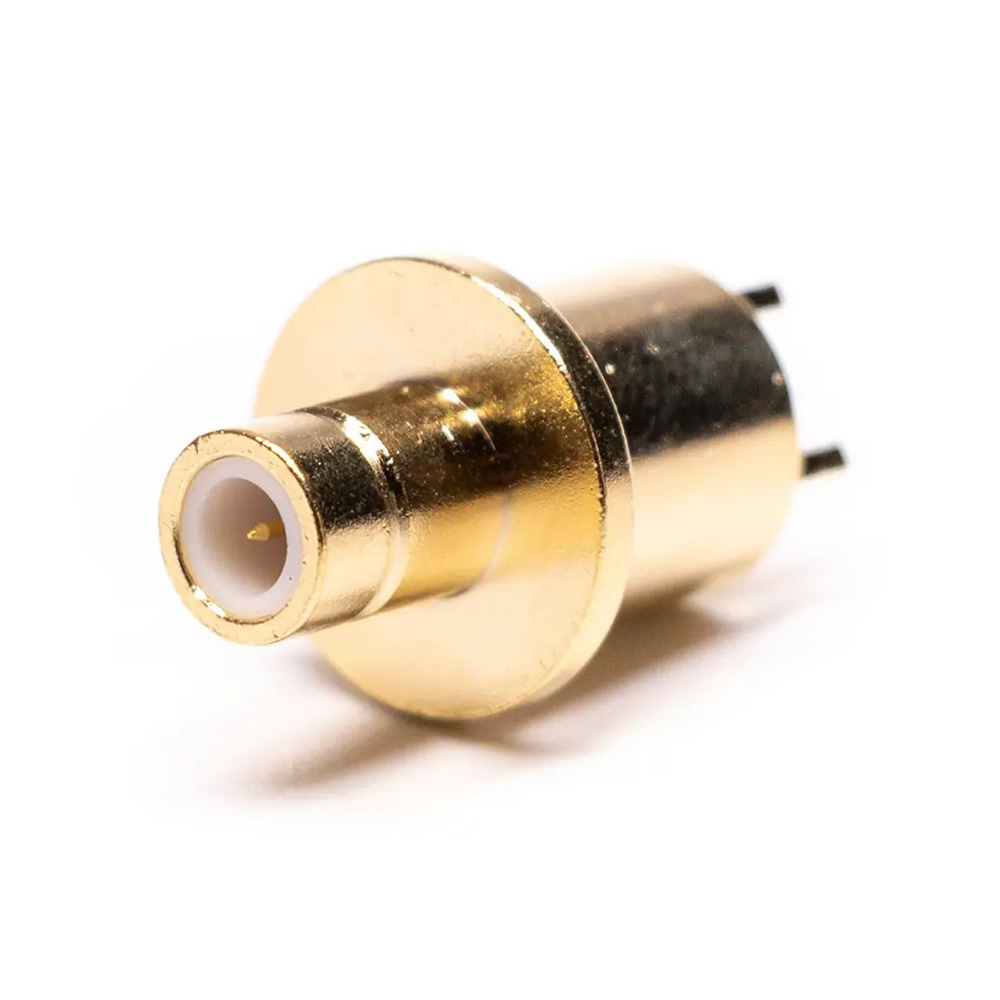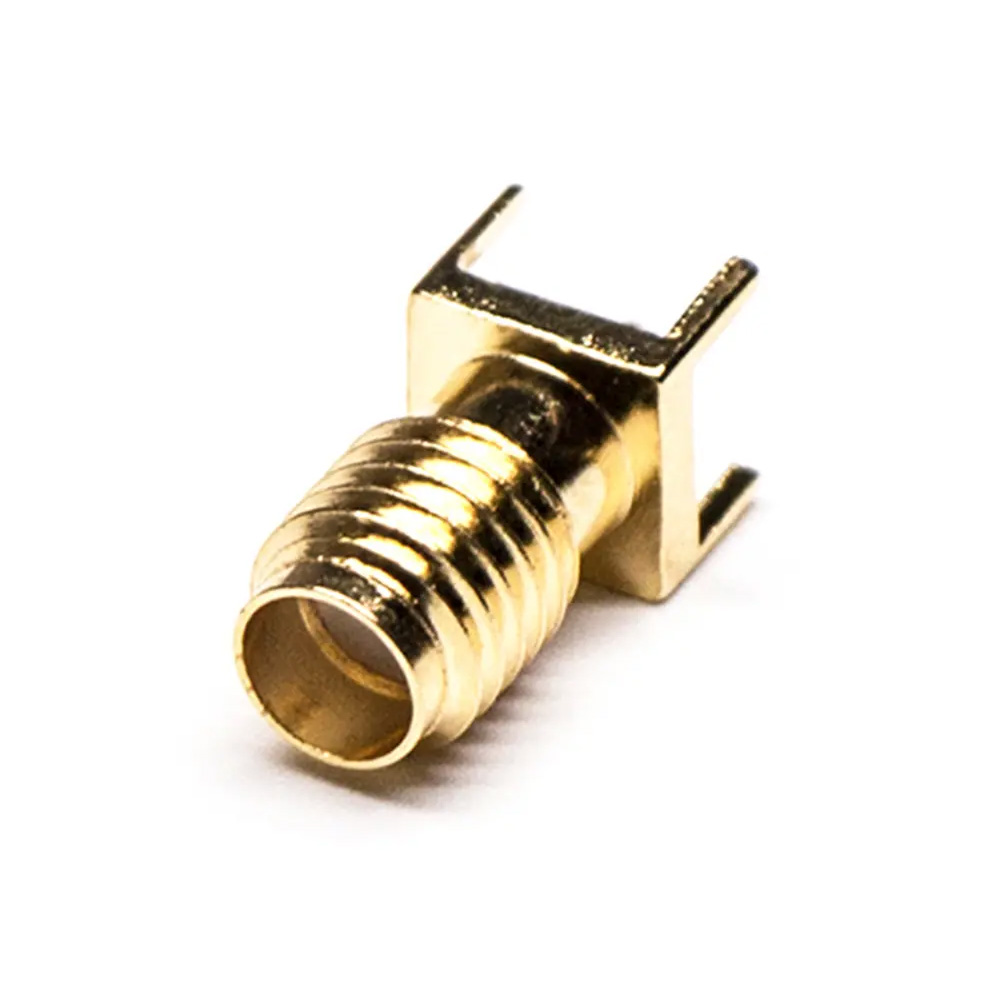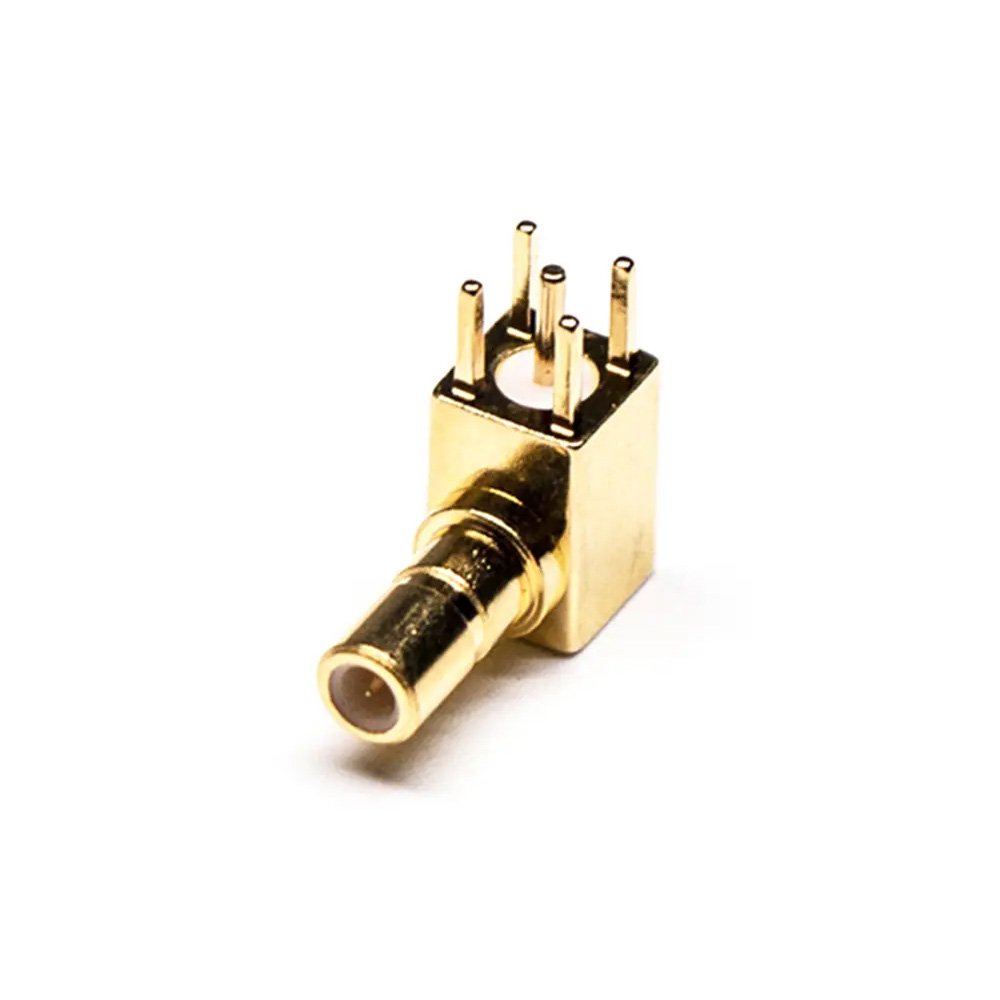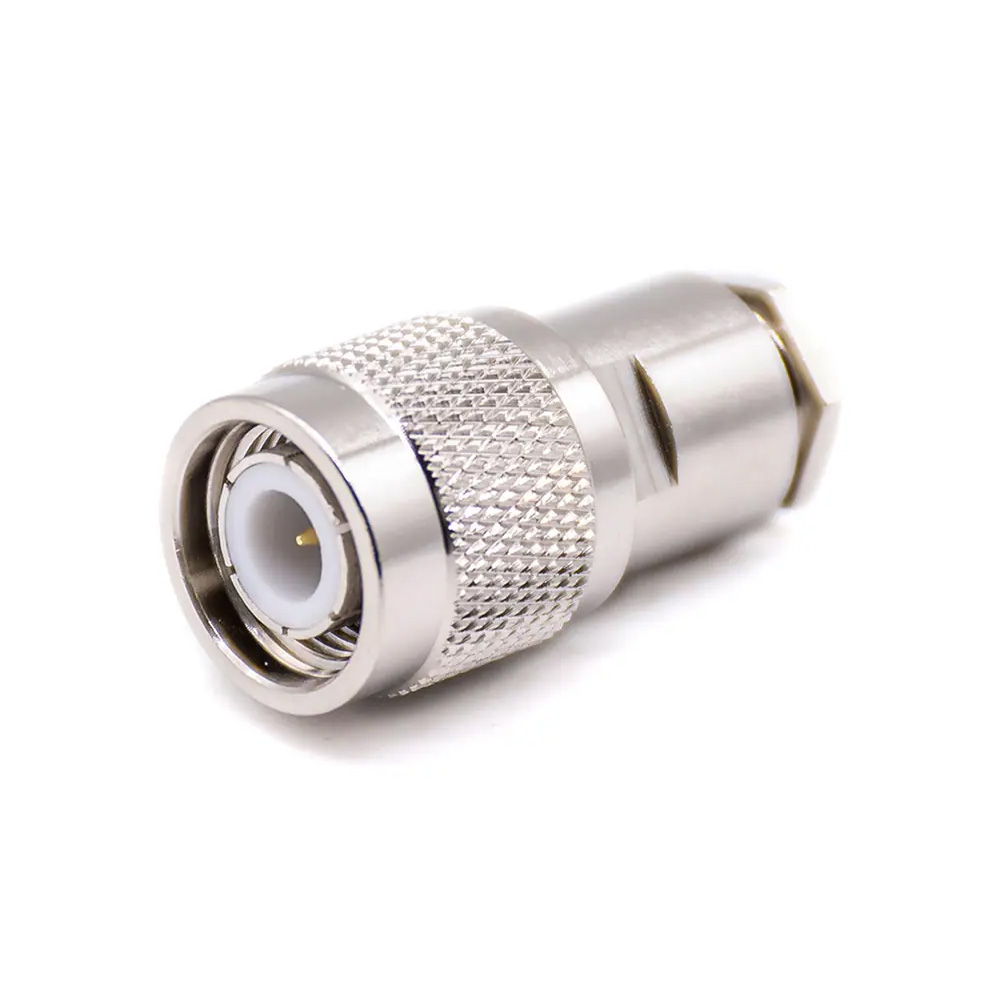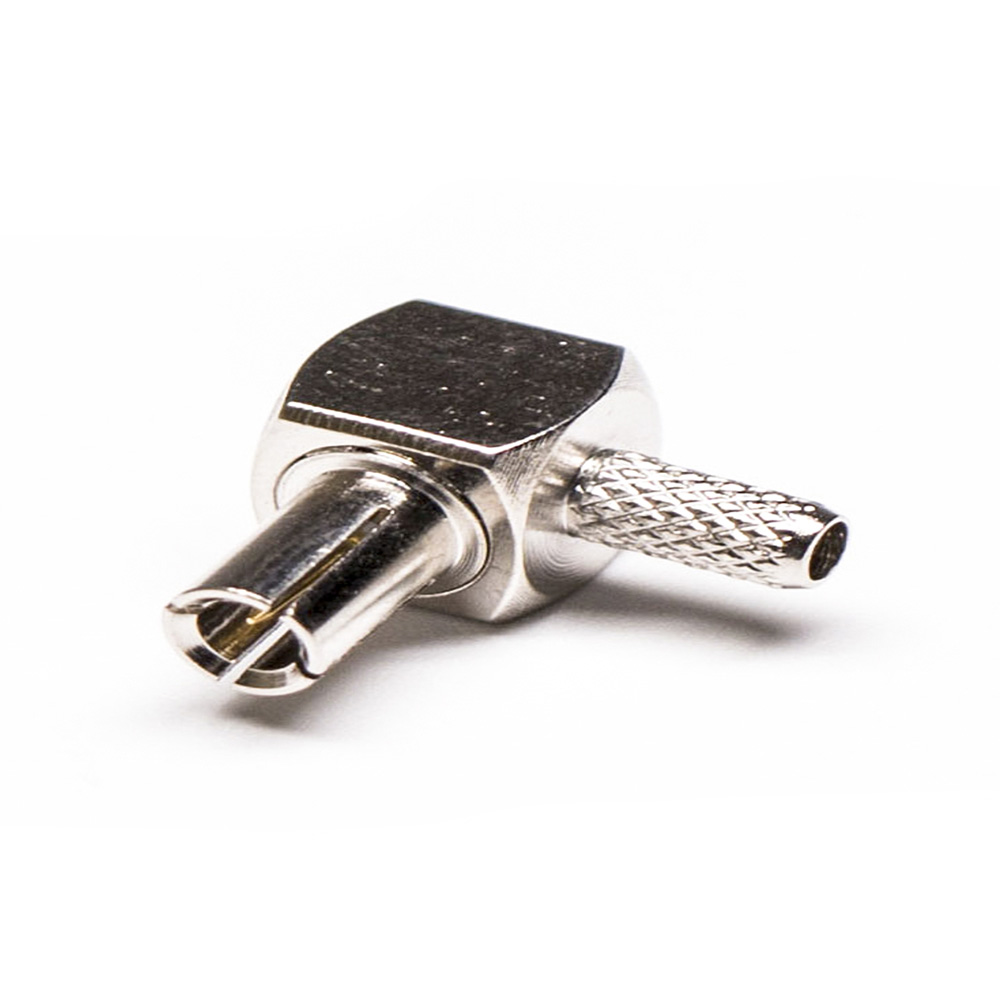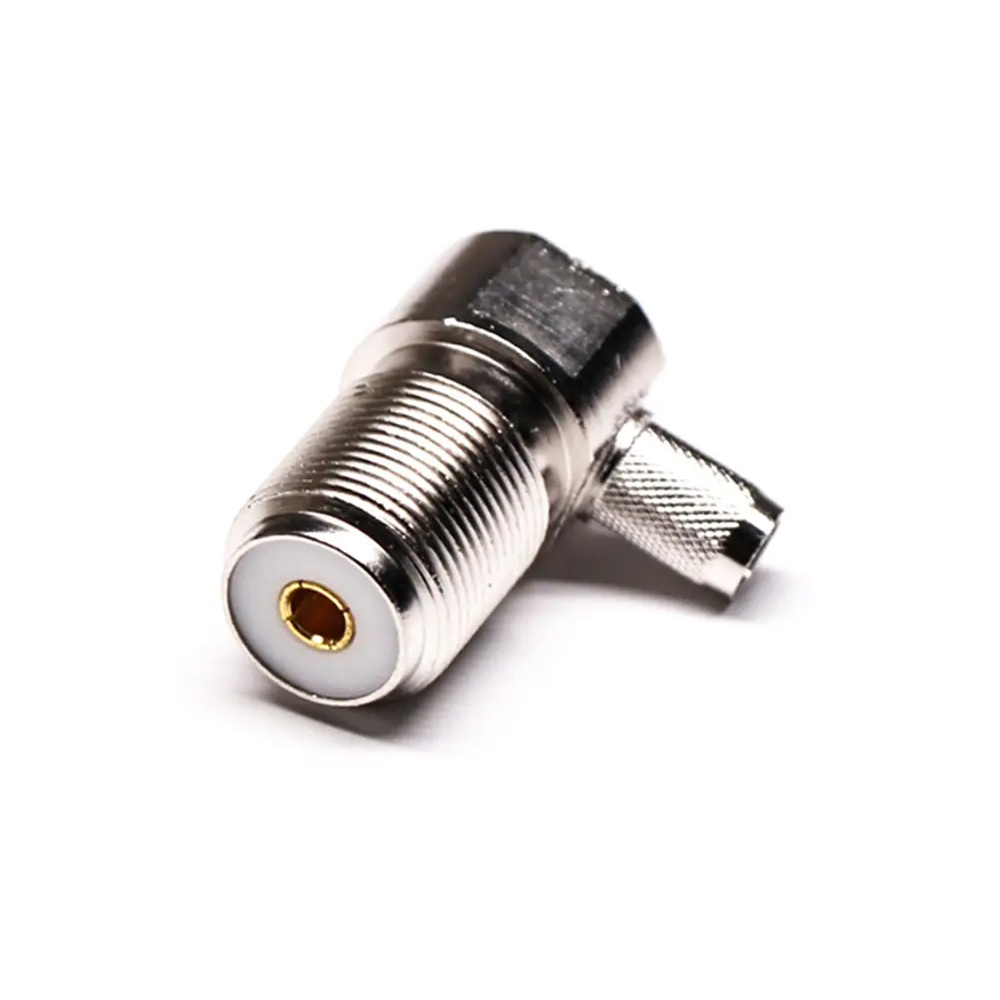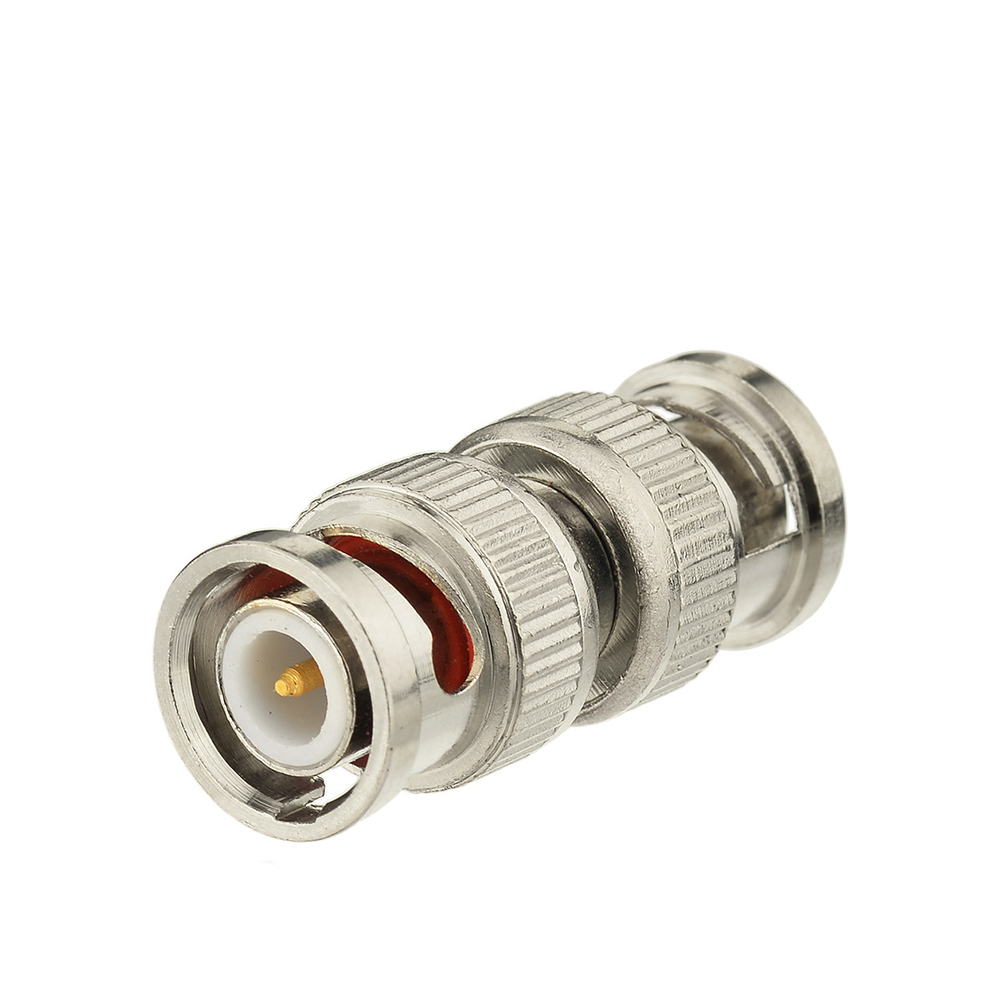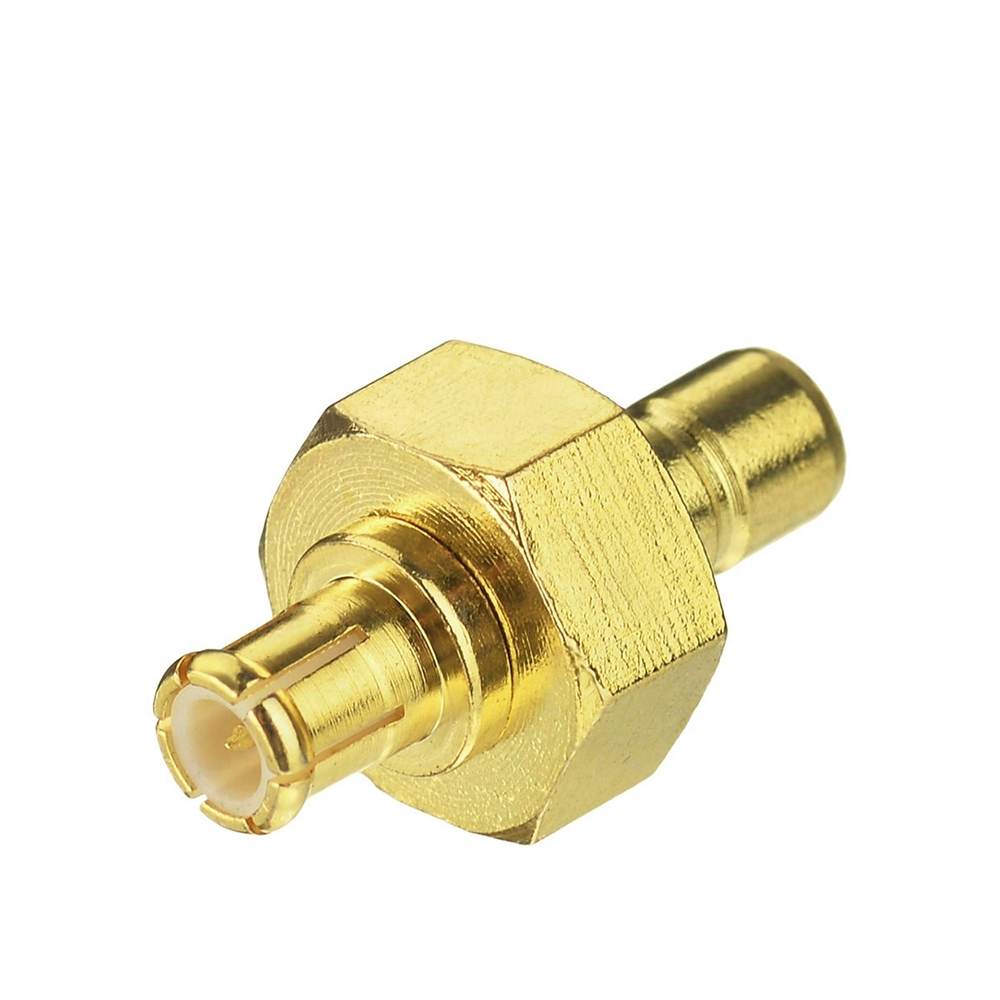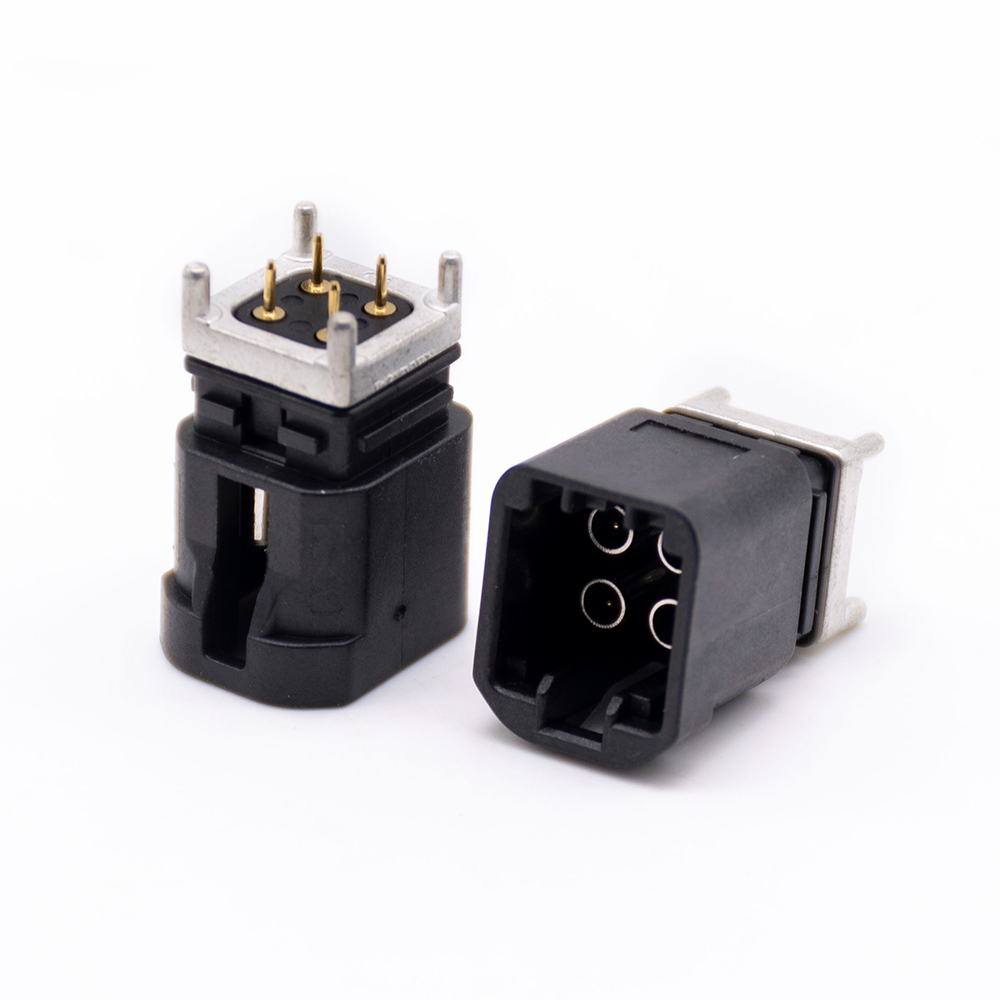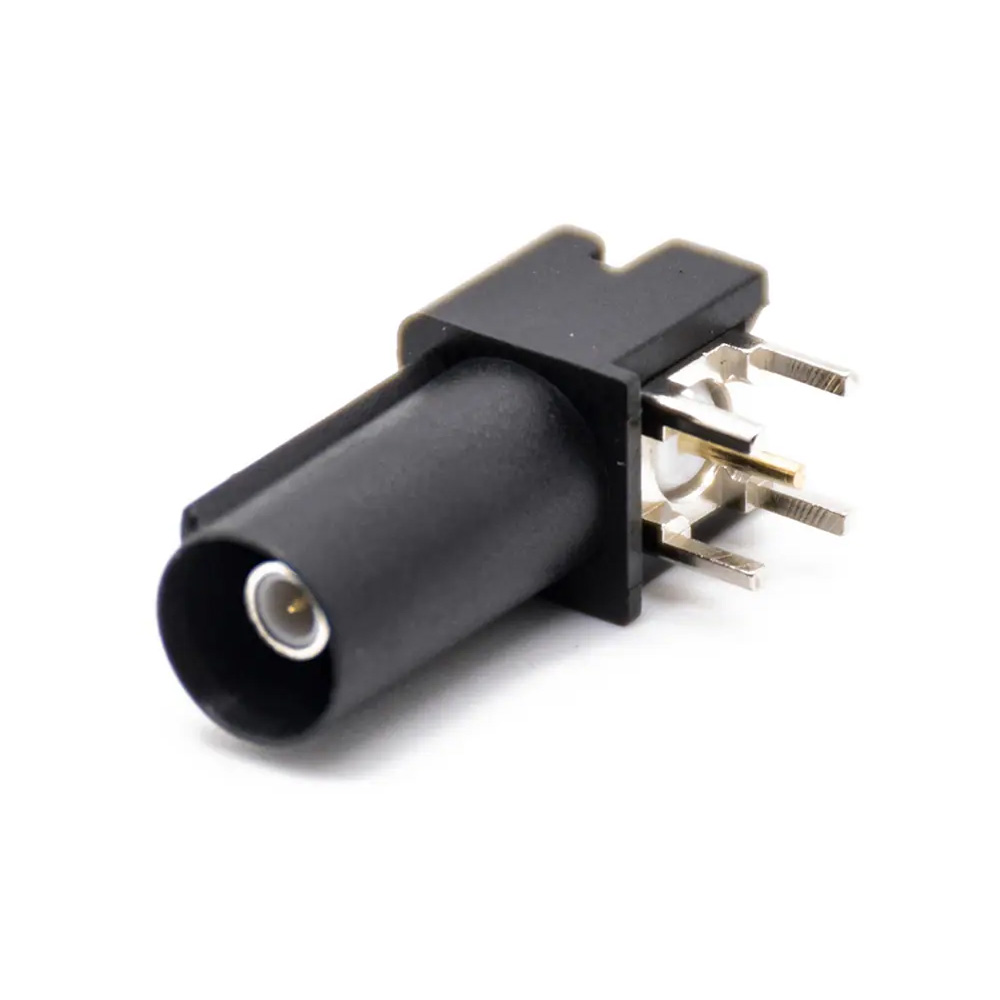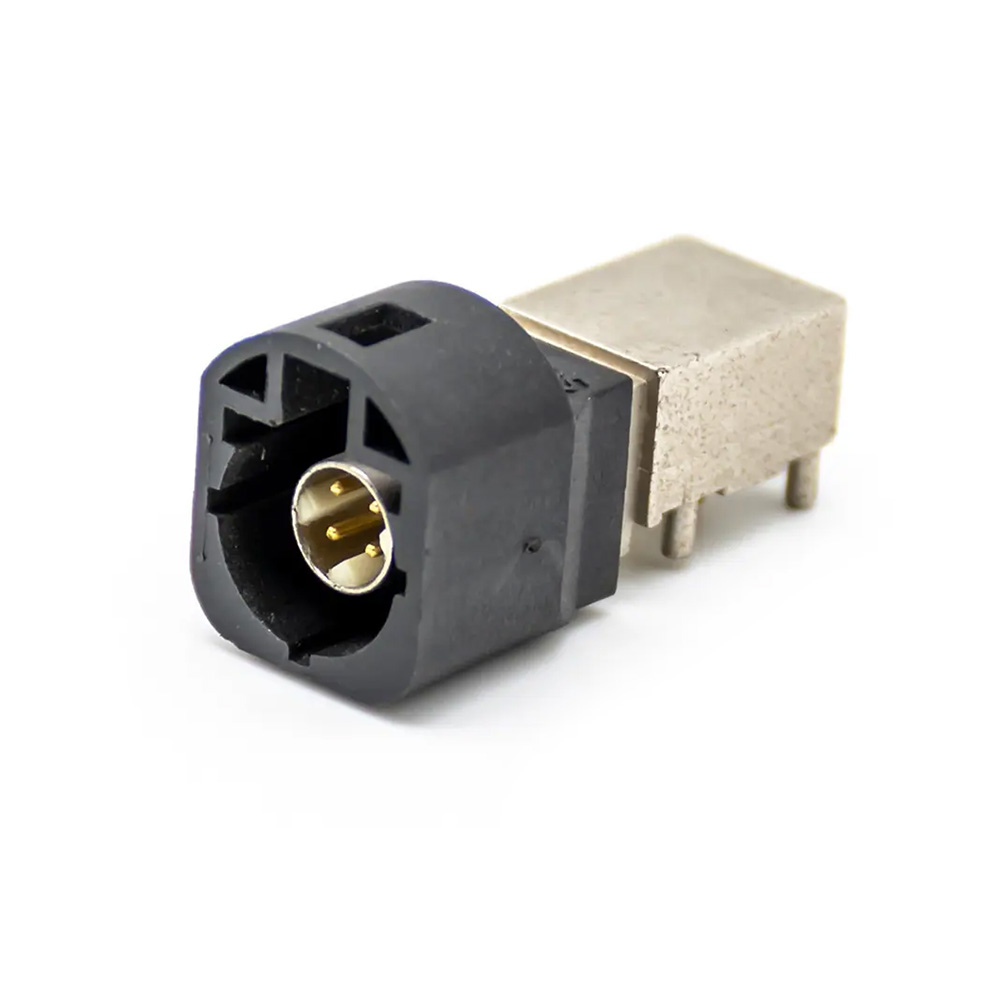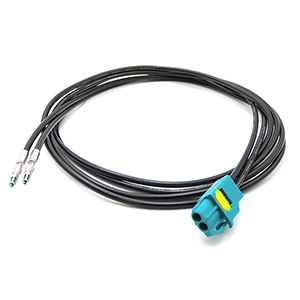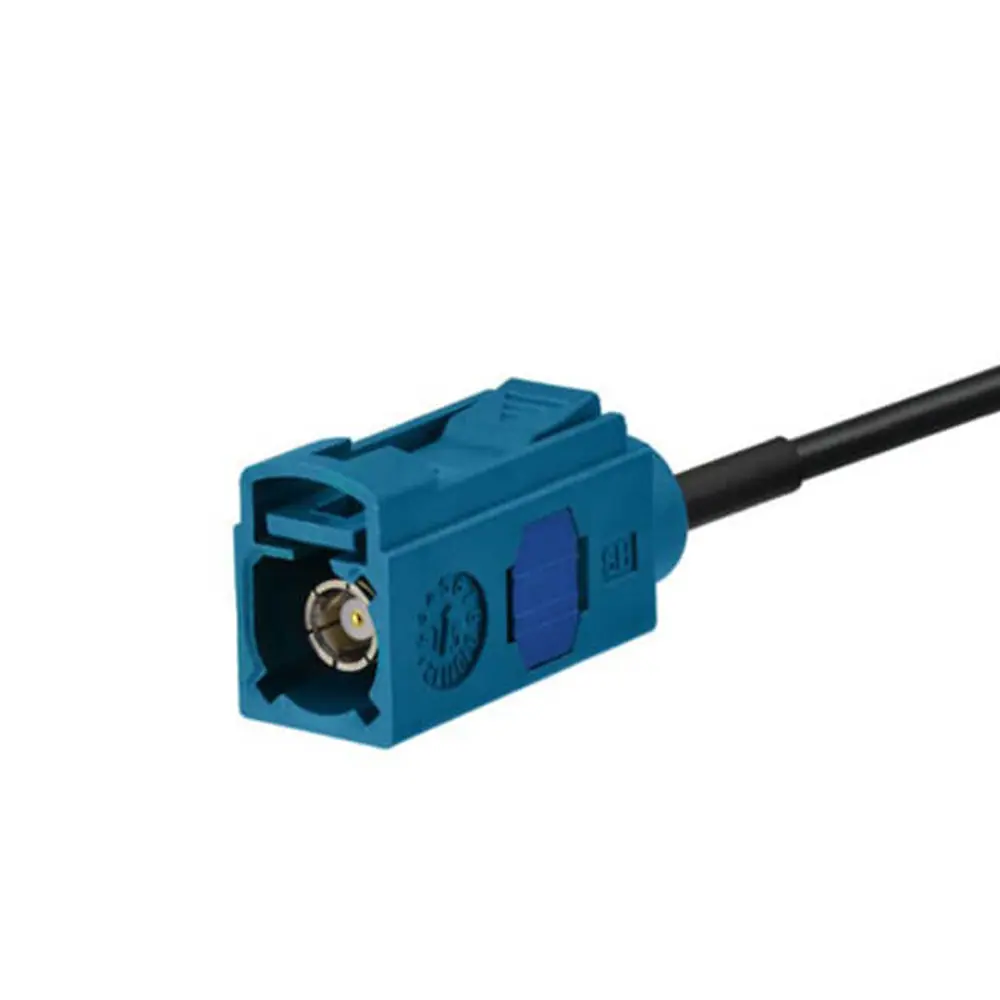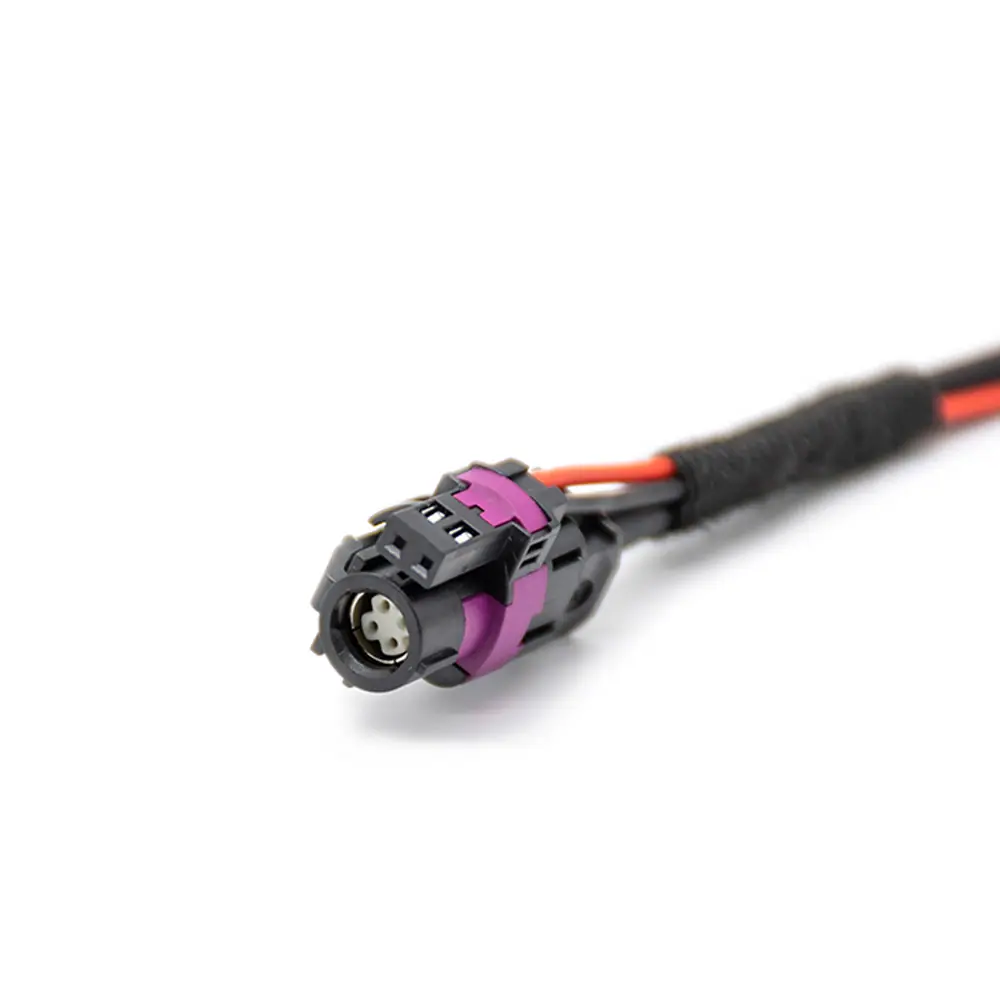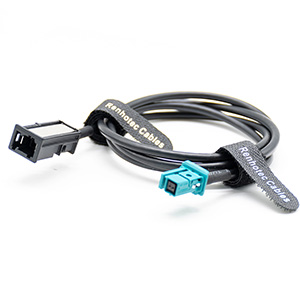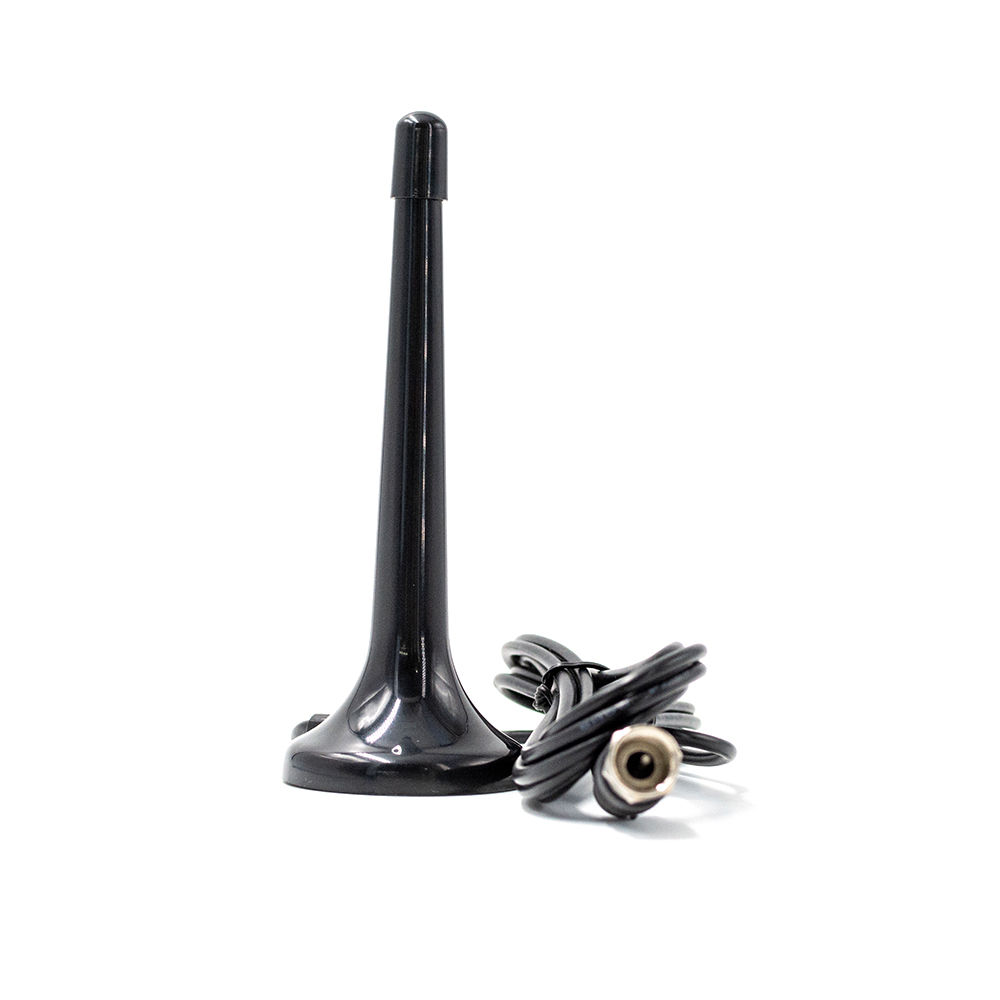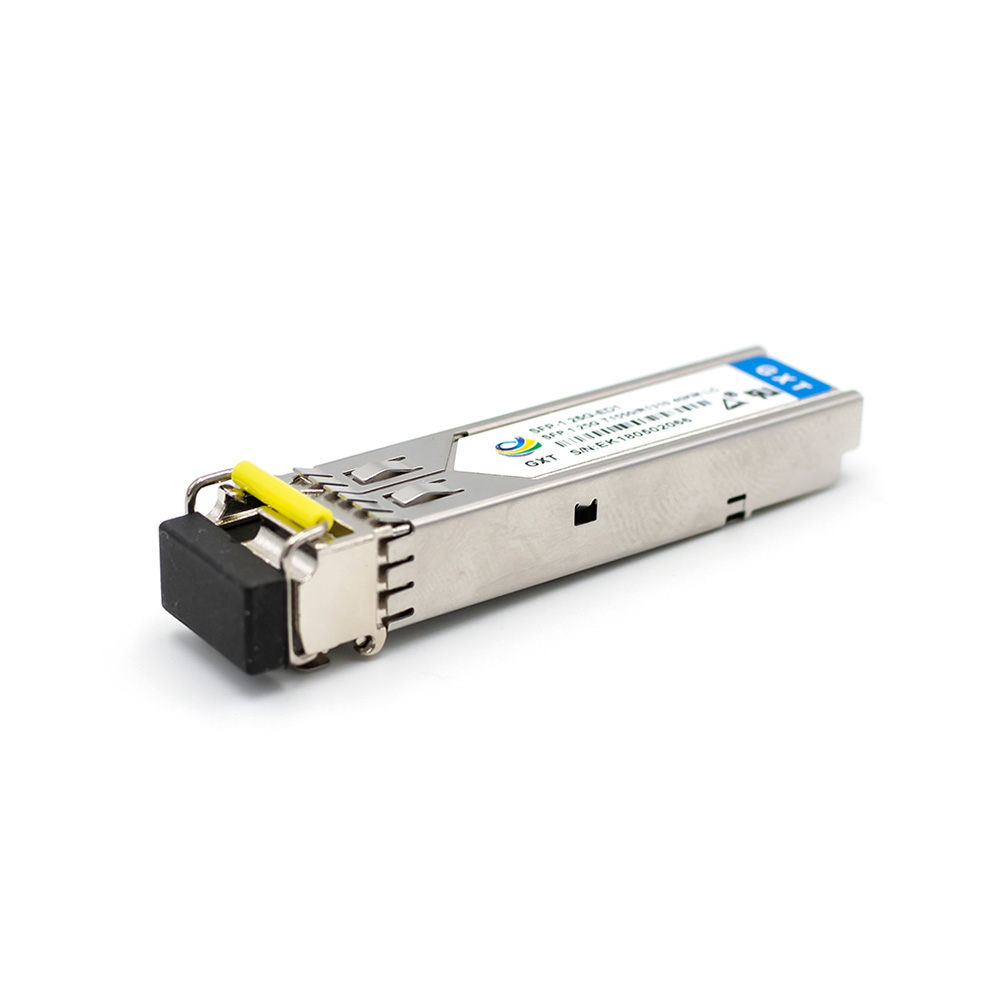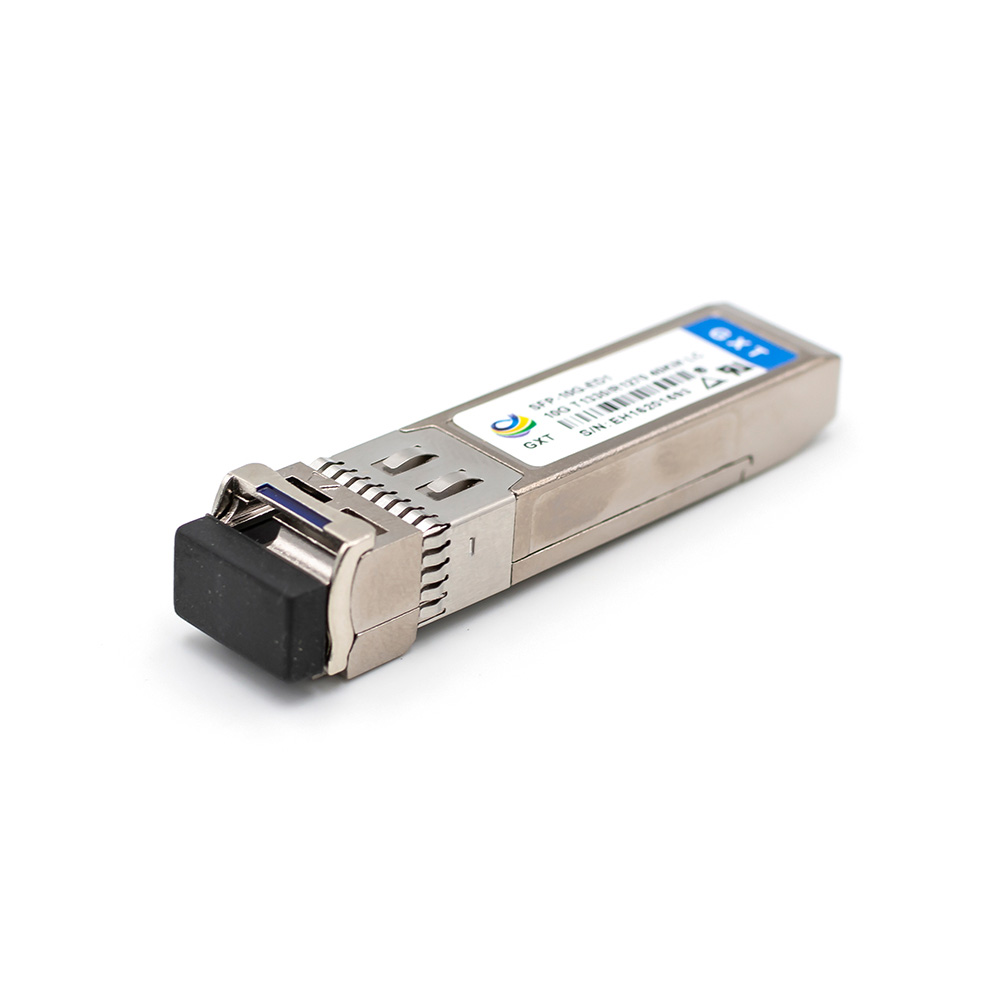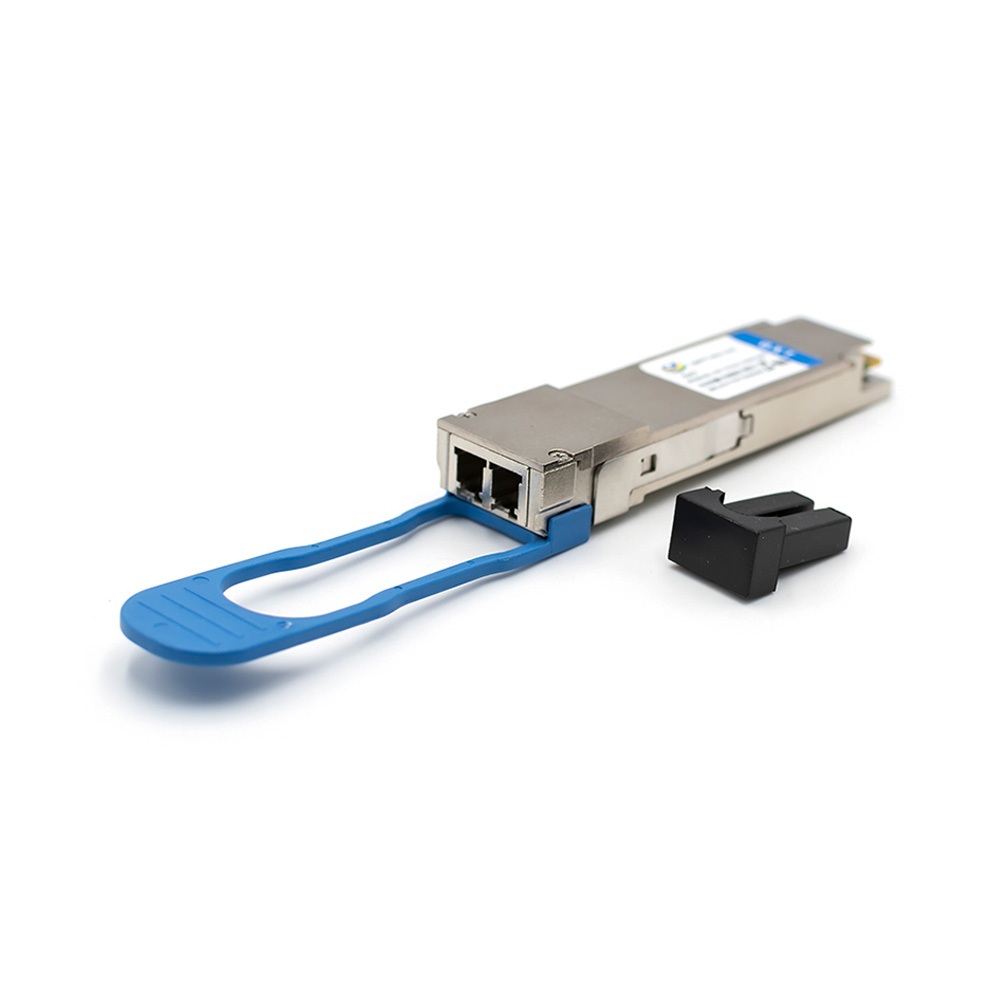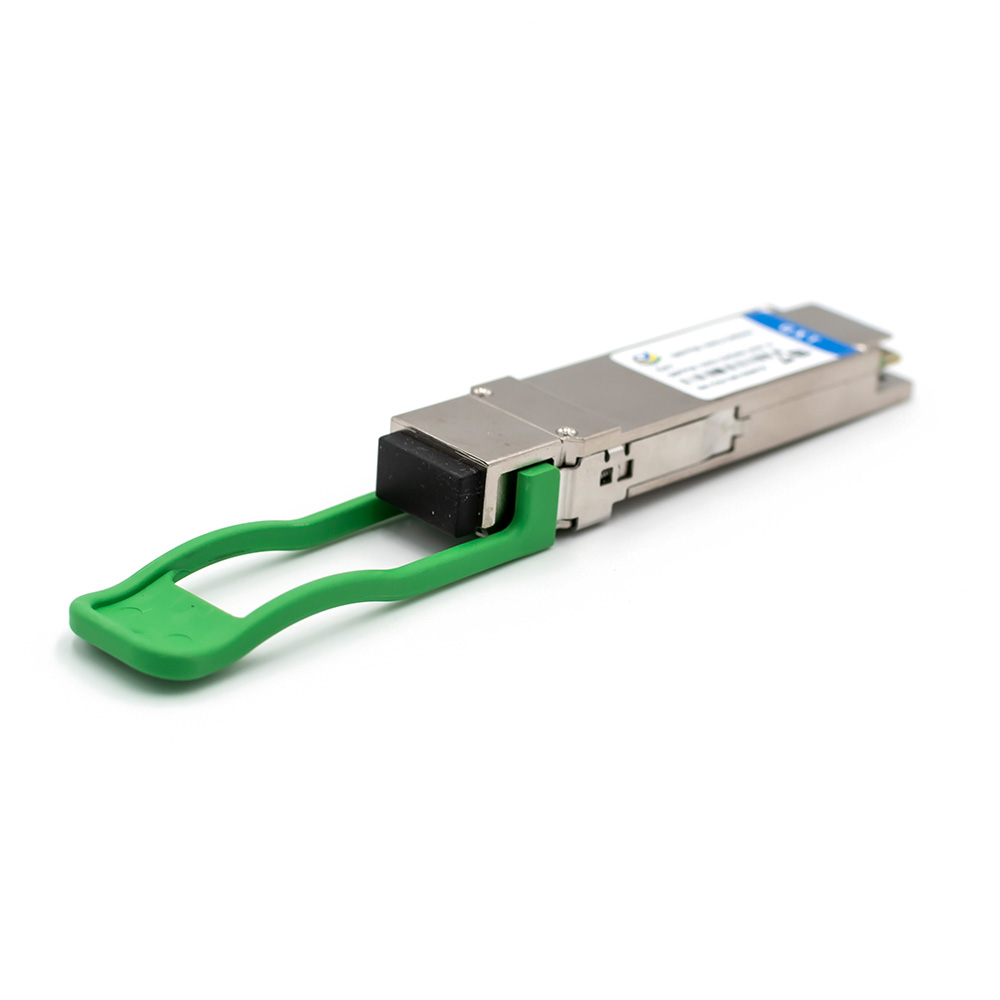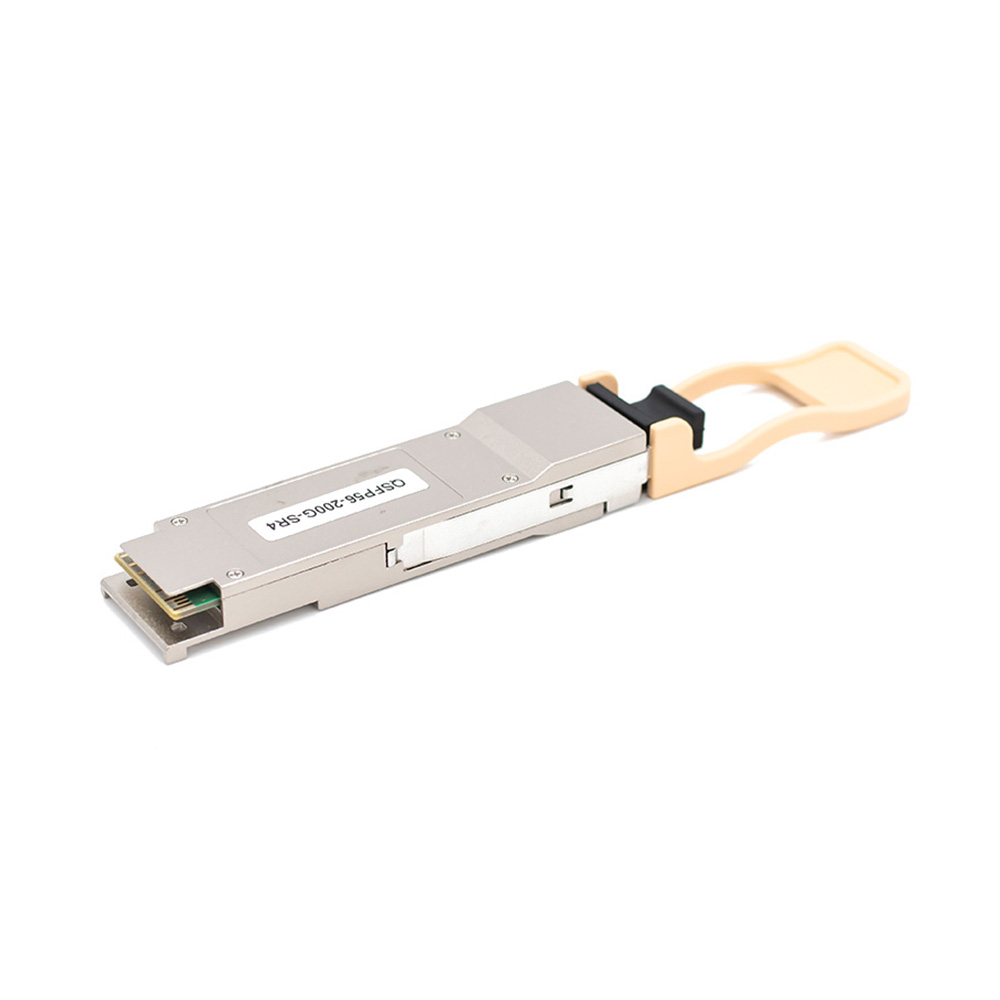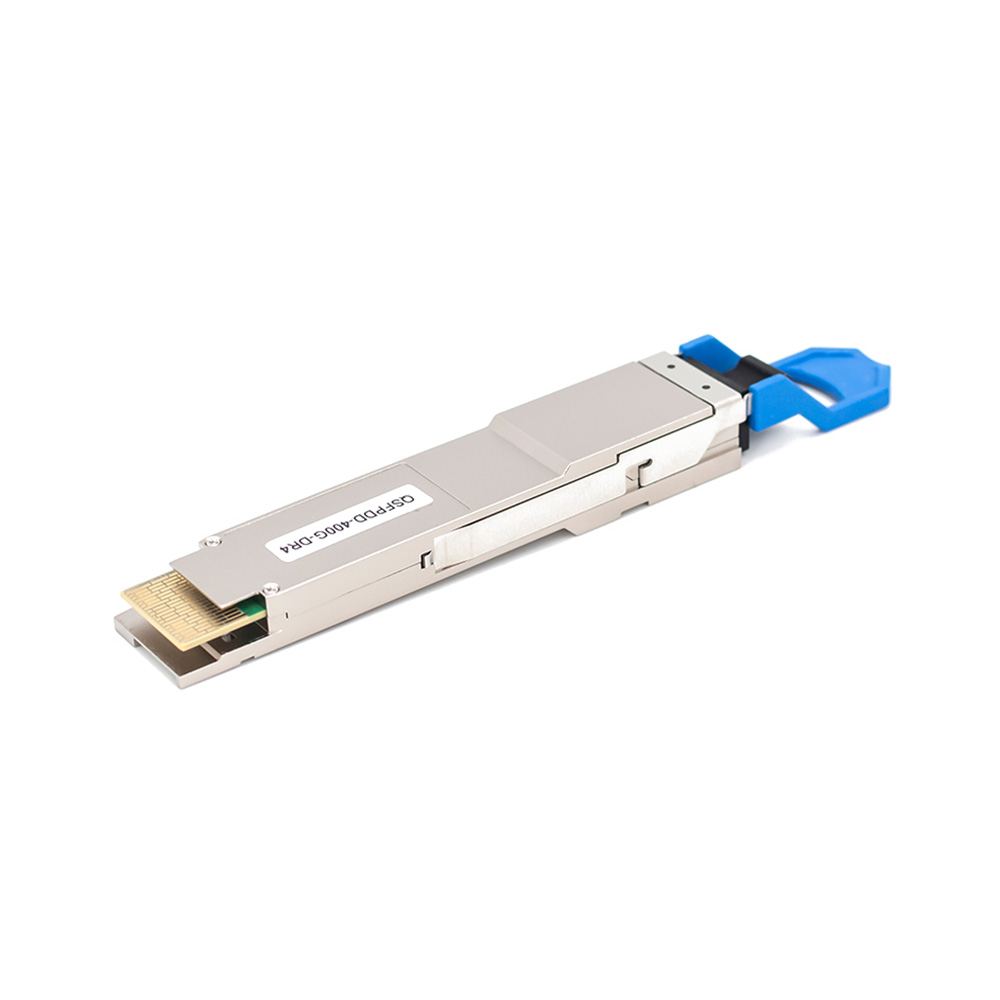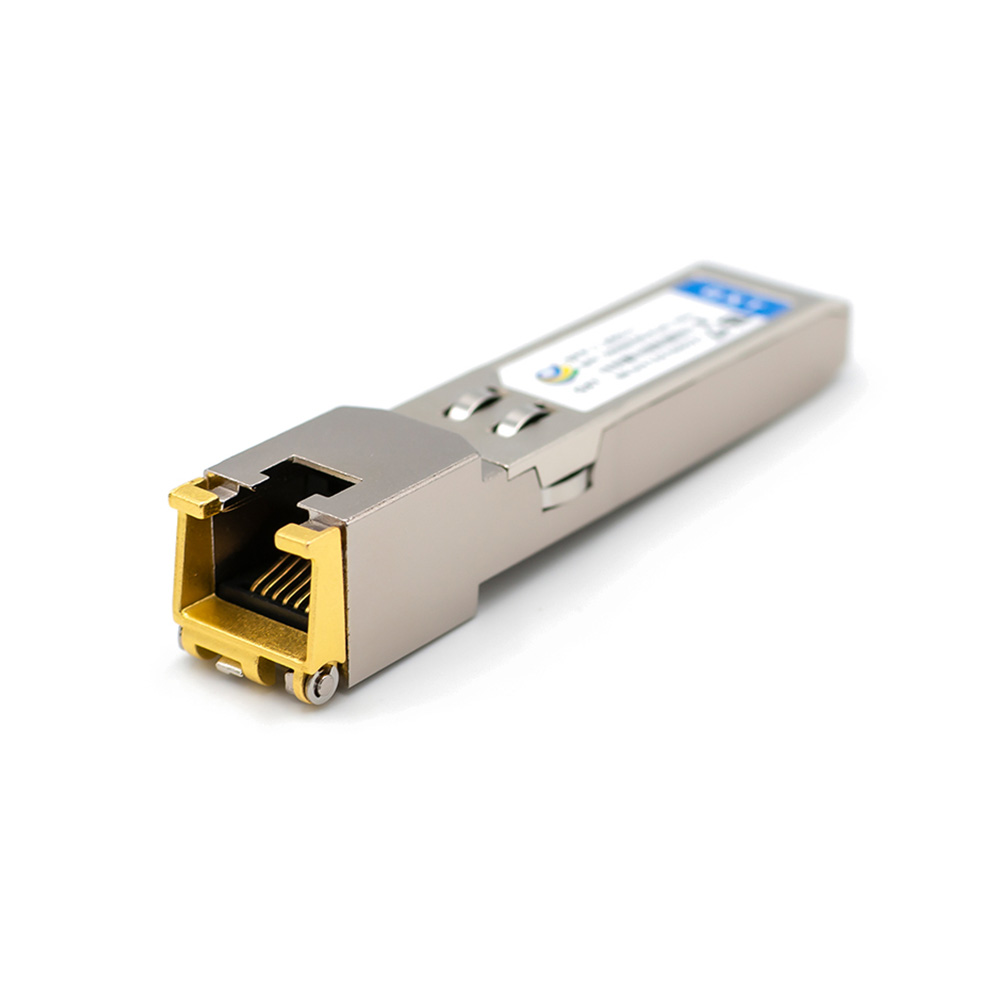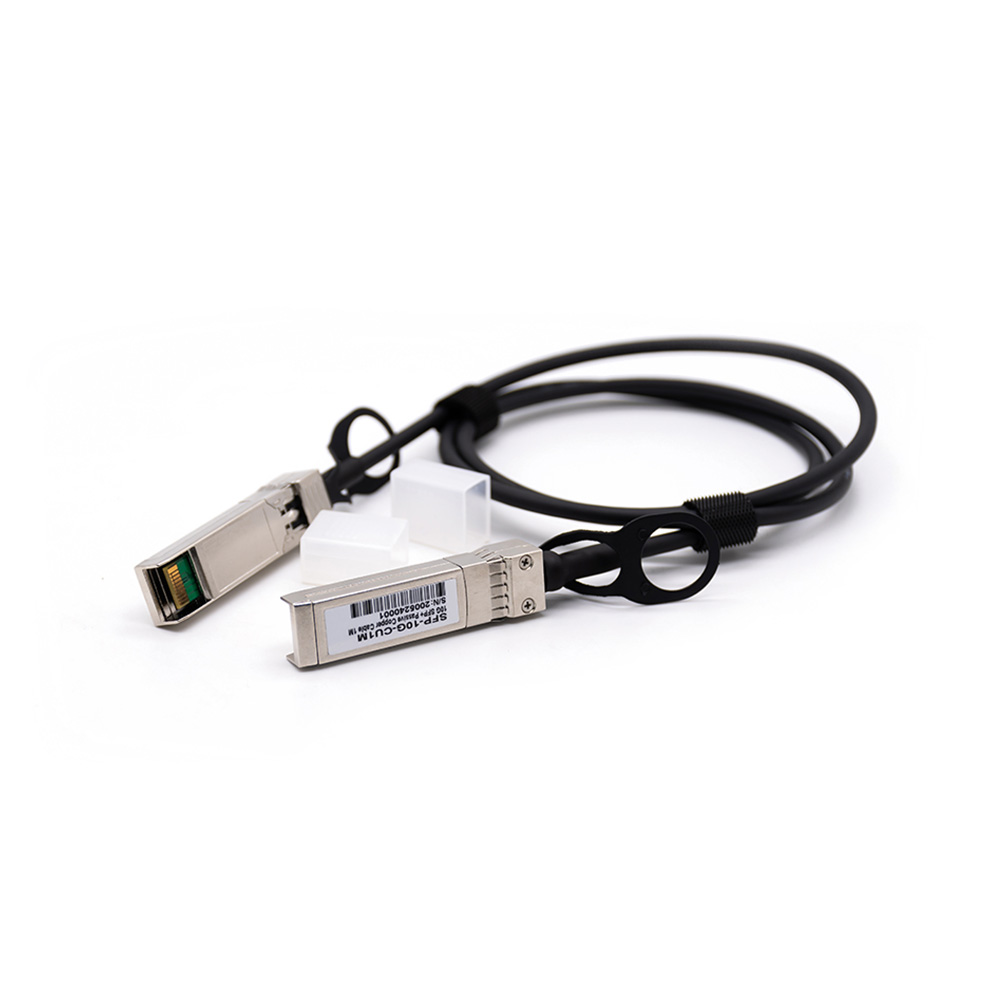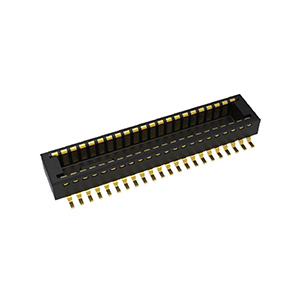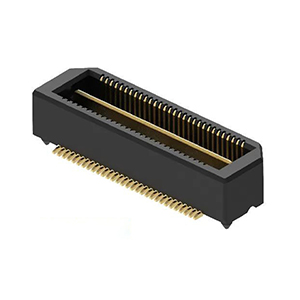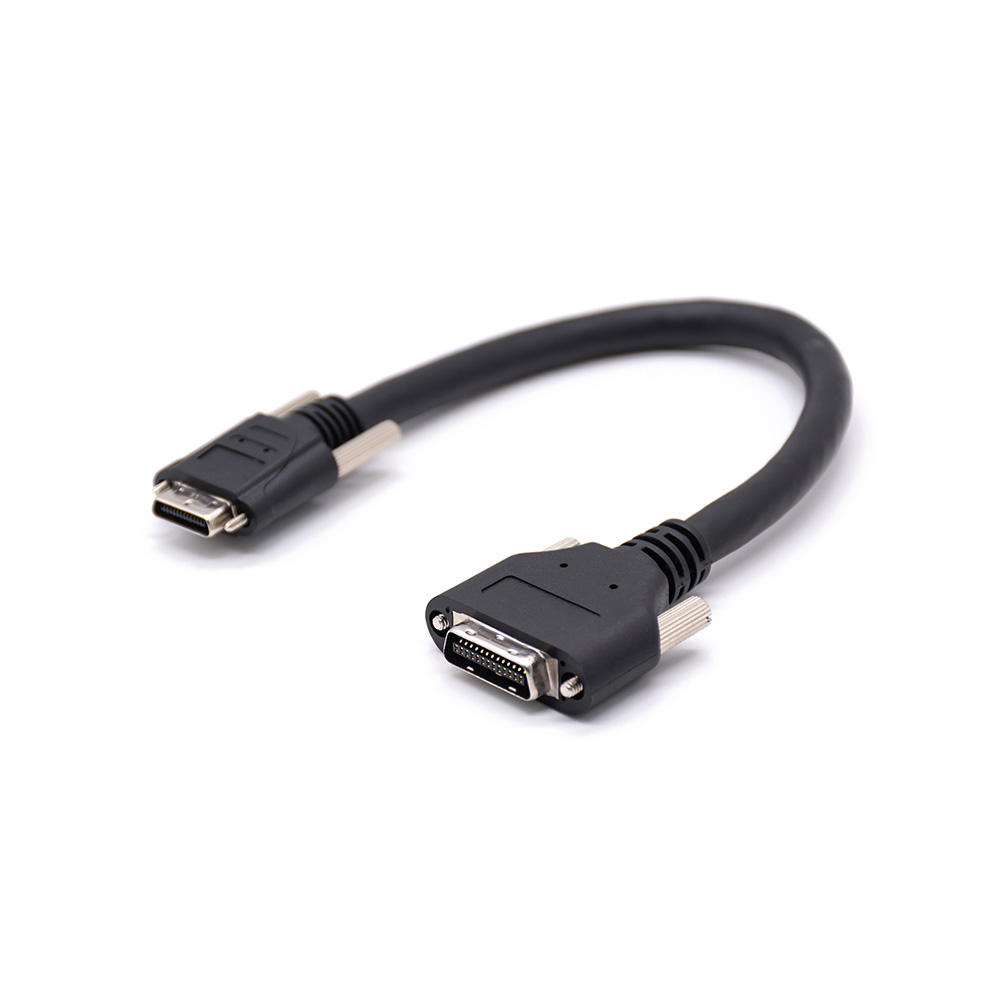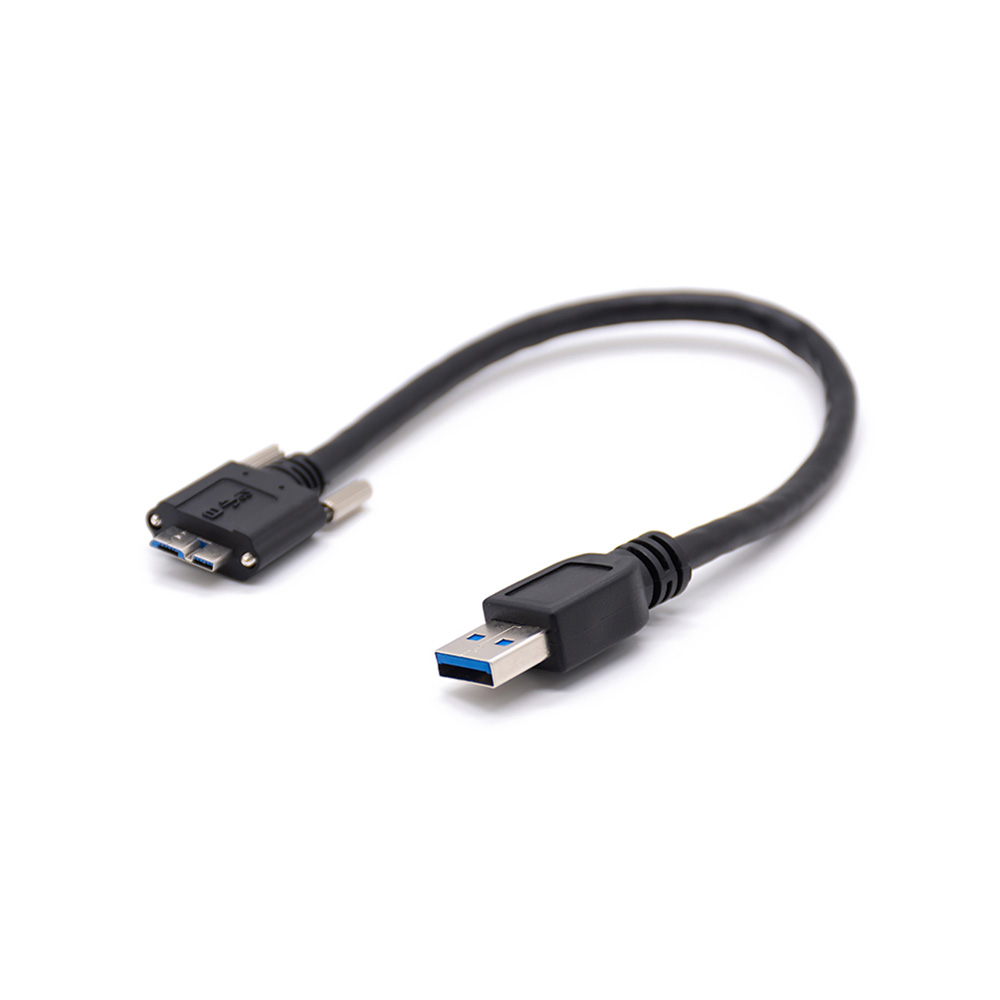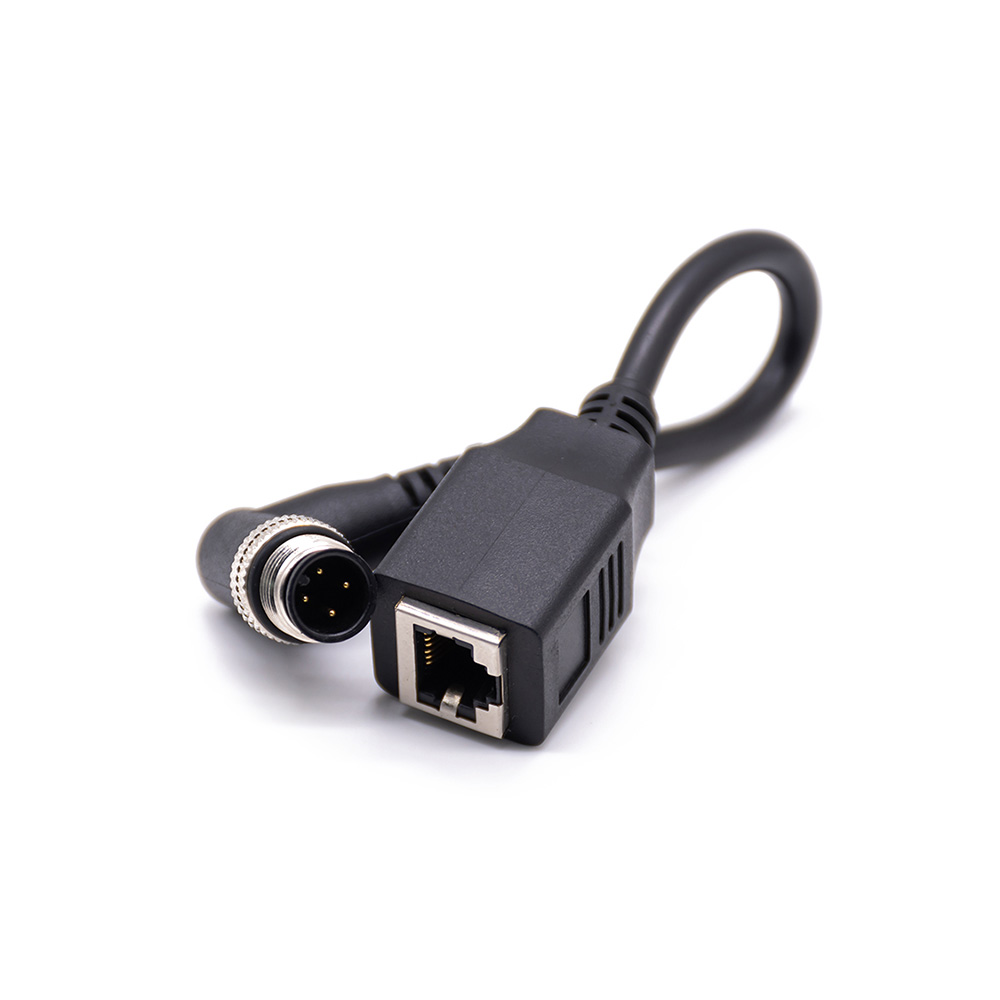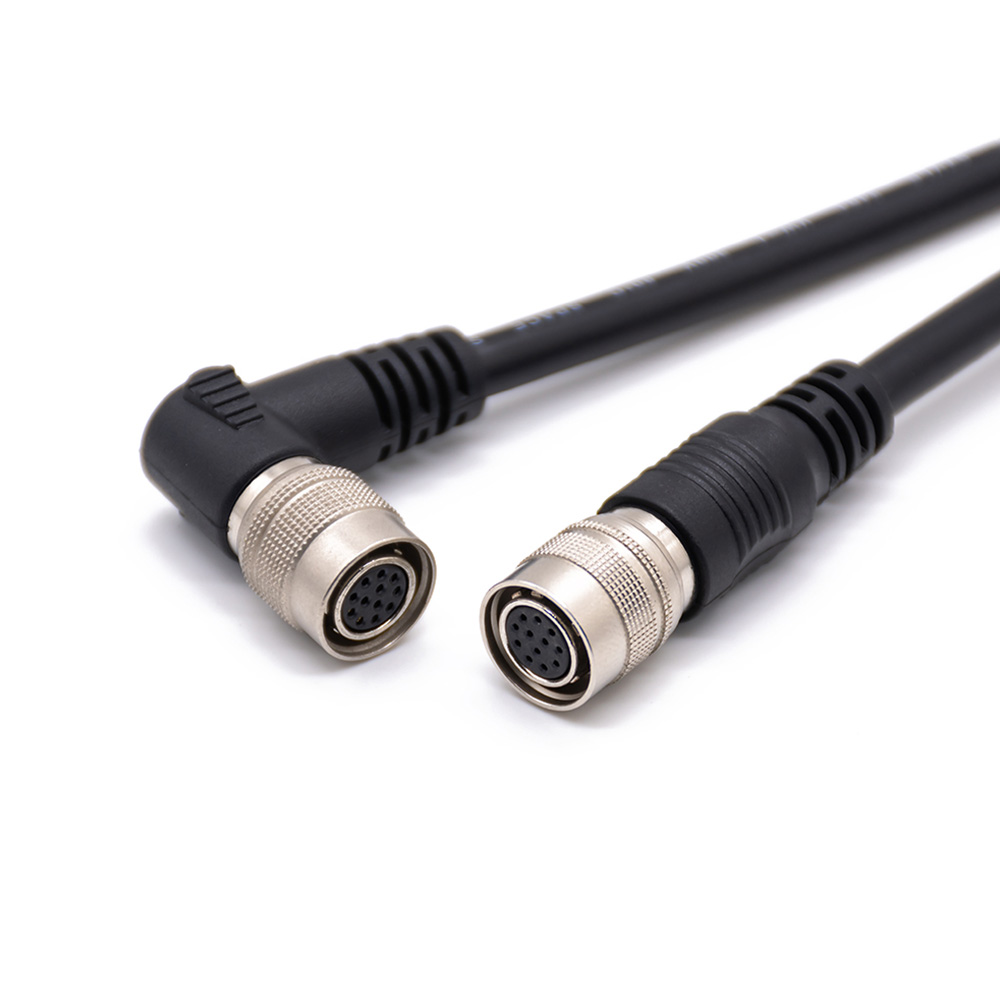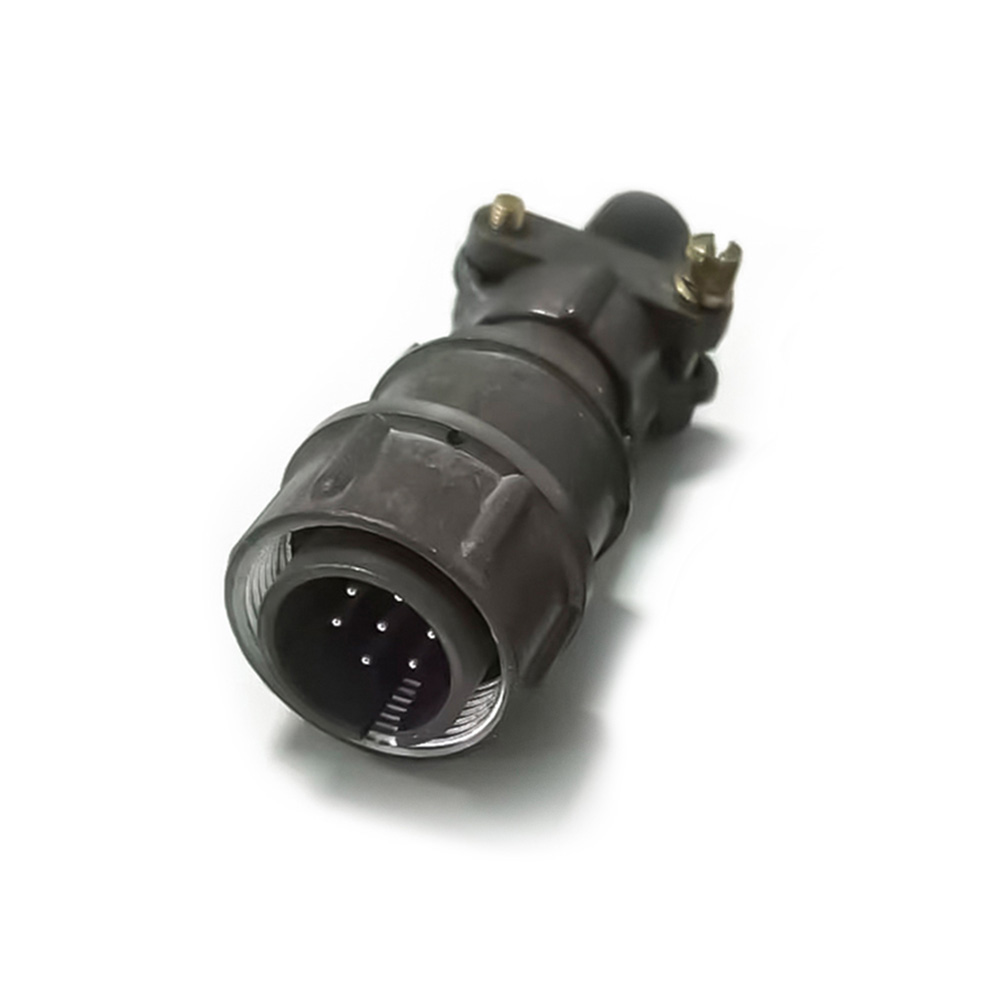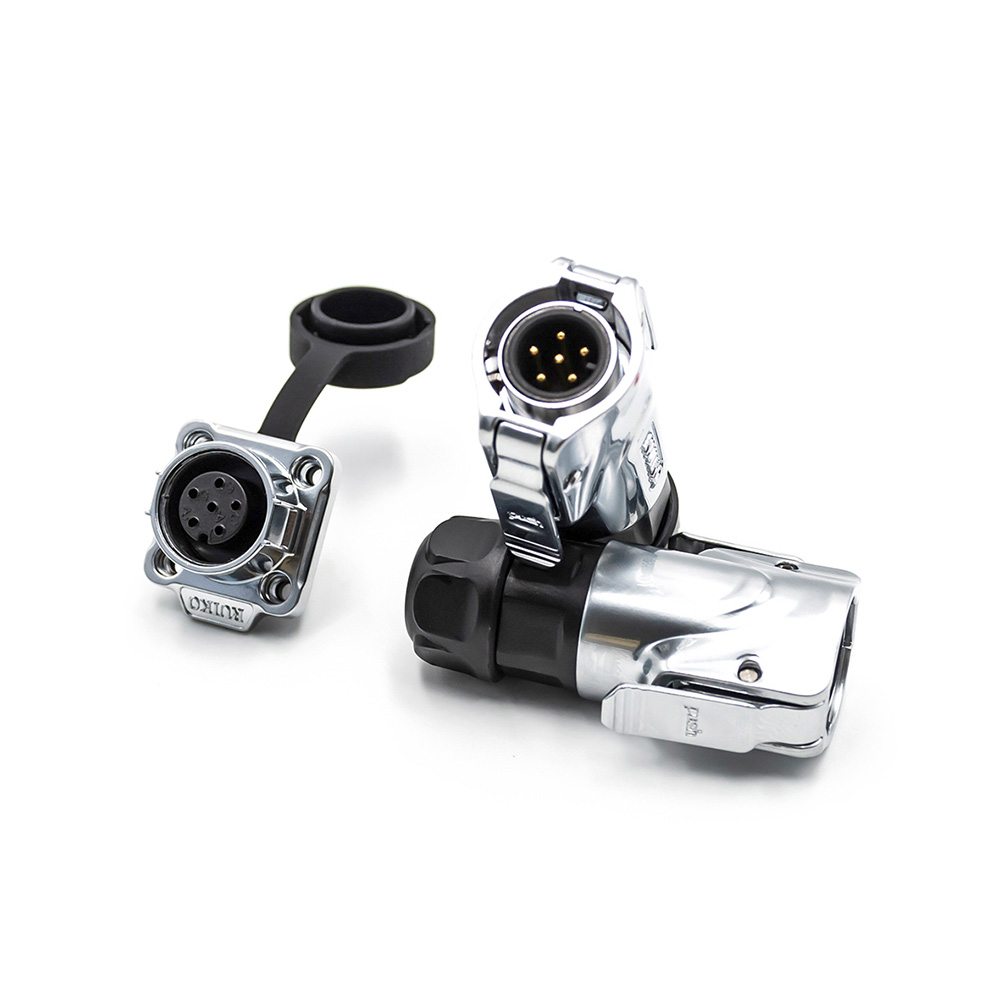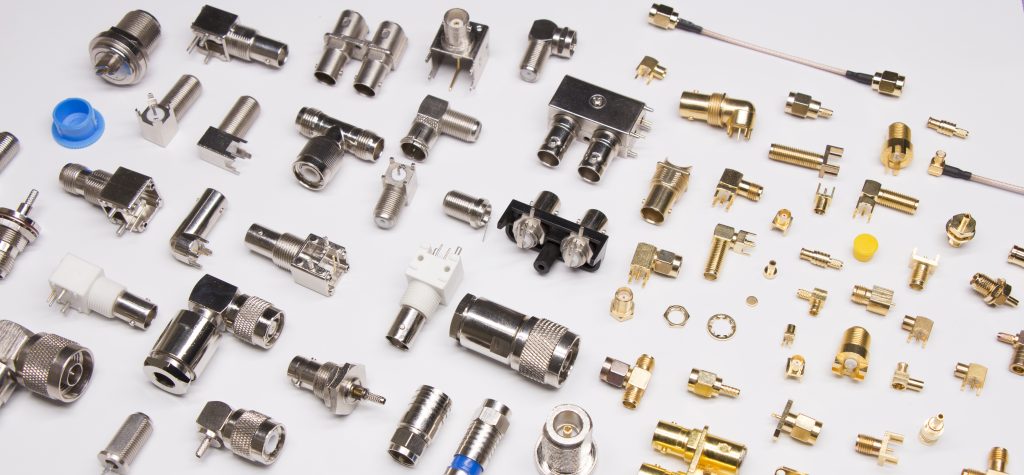RF Connector & Cable
How to Choose the RF Connector Correctly?
In our day-to-day operations, the utilization of connectors is extensive and varied, including N type, BNC, SMA, SMB, 2.4mm, 2.92mm, 3.5mm, among others. However, determining the most suitable connector and whether direct connection is feasible requires a nuanced understanding gathered from experience.
Each RF connector type comes with distinct structural, dimensional, application, and frequency characteristics. It is paramount to avoid connecting connectors with dissimilar sizes and structures, as such mismatches can lead to signal degradation and connector damage.
Differences in Female Connectors
Differences in Male Connectors
SMA Connector
The SMA connector, a frequently employed RF coaxial connector, boasts a compact size and is filled with polyester. Its typical frequency range spans from DC to 18GHz, with instances of operation up to 40GHz. Notably, SMA connectors exhibit compatibility with both 3.5mm and 2.92mm connectors.
3.5mm Connector
The 3.5mm connector employs an air medium and features a 1/4-36UNS-2 inch thread. Characterized by a 3.5mm inner conductor diameter and a 50-ohm impedance, this connector can operate at frequencies reaching up to 33GHz. When compared to SMA connectors, the 3.5mm variant excels in thickness, mechanical robustness, electrical performance, and overall durability.
2.92mm Connector
Sporting a 1/4-36UNS-2 inch threaded design, the 2.92mm connector showcases a 2.92mm inner conductor diameter and a 50-ohm impedance. This connector’s operational frequency range spans from DC to an impressive 46GHz.
2.4mm Connector
Designed for an air medium and possessing a 50-ohm impedance, the 2.4mm connector can effectively accommodate frequencies up to 50GHz.
Selecting the appropriate connector hinges on the frequency of the device, cable, instrument, or equipment. For instance, an optimal choice would be the SMA connector for a frequency range of 3Hz to 8.4GHz, while the 2.4mm connector suits a broader spectrum, operating between 3Hz and 44GHz. Thus, discerning the frequency compatibility before connector selection is pivotal, as mismatched connectors can lead to costly instrument damage.
Practical Insights:
- The internal diameter of connectors tends to increase with decreasing frequency. This is evident in connectors like N type and BNC.
- Connectors utilizing an air medium are more susceptible to vulnerabilities than their counterparts with a filled medium. Caution is advised when using connectors of this nature.
- When dealing with high-frequency connectors, the use of torque wrenches and gentle handling is recommended to ensure their longevity and reliable performance.
In summation, the realm of RF connectors is rich and diverse, offering solutions for varied applications. Ascertaining the right connector for a specific task requires a deep understanding of their attributes, frequencies, and practical considerations, thereby ensuring seamless and optimal connectivity.

